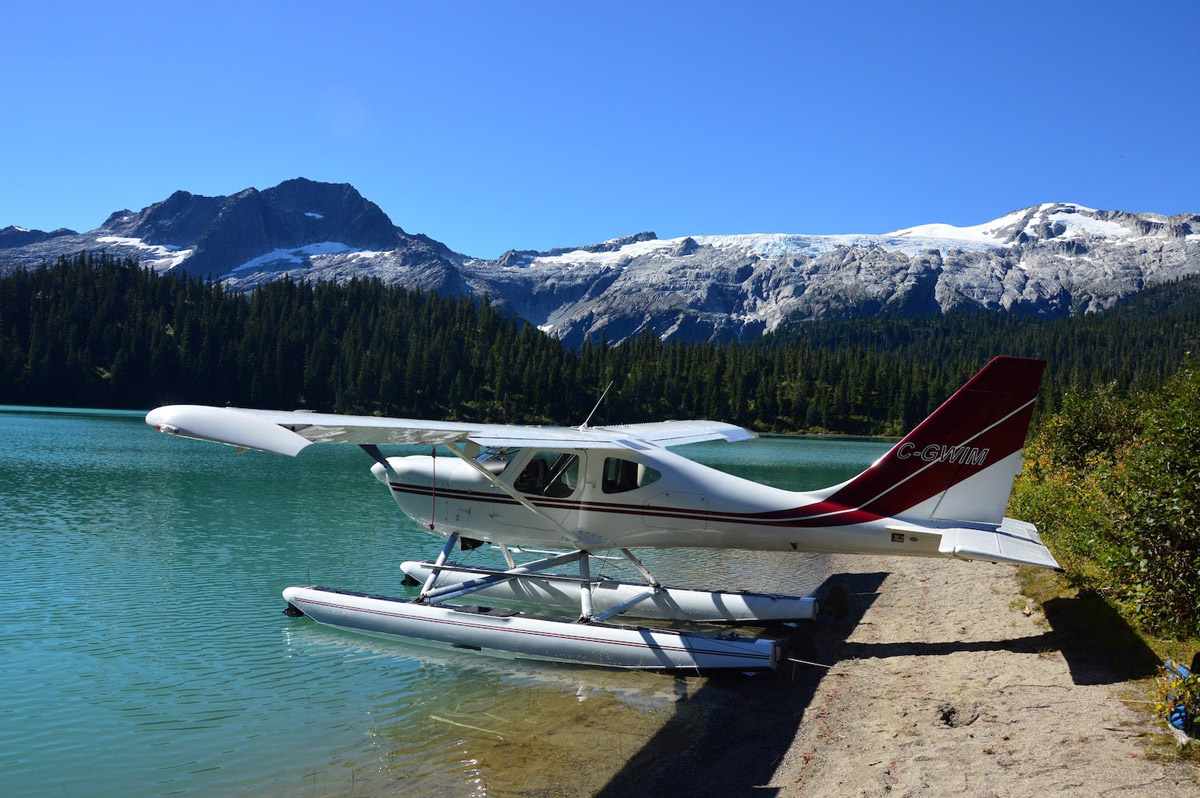
The goal of this project was to get into (and out of!) the many high alpine lakes around Vancouver BC. While a Super Cub does this very well, we wanted side by side seating rather than pilot & “baggage” and put cruise airspeed ahead of range.
A Taylorcraft with an O-540 and extended wings and flaps is probably the best performing floatplane around here but very much a one-off. Several Murphy Rebels with custom O-360 engines have exceptional performance but need extensive modifications at build time to take the larger engine or a Murphy Elite of which there are very few available. The TWTT Sportsman was very attractive but total project price was way over our budget.
We didn’t want to build from scratch so when a local builder that had experience putting an O-540 into a Lancair and had an O-540 waiting for a GlaStar we joined forces to create a GlaStar 540 amphibian.
The first step was locating a GlaStar to use as starting point with the main project phases being engine swap, panel makeover and amphibian float mounting. The key concern was of course total weight and C of G along with handling on the water, but as it turned out quite a different problem was the hardest issue to solve. January 2012 work started on the project.
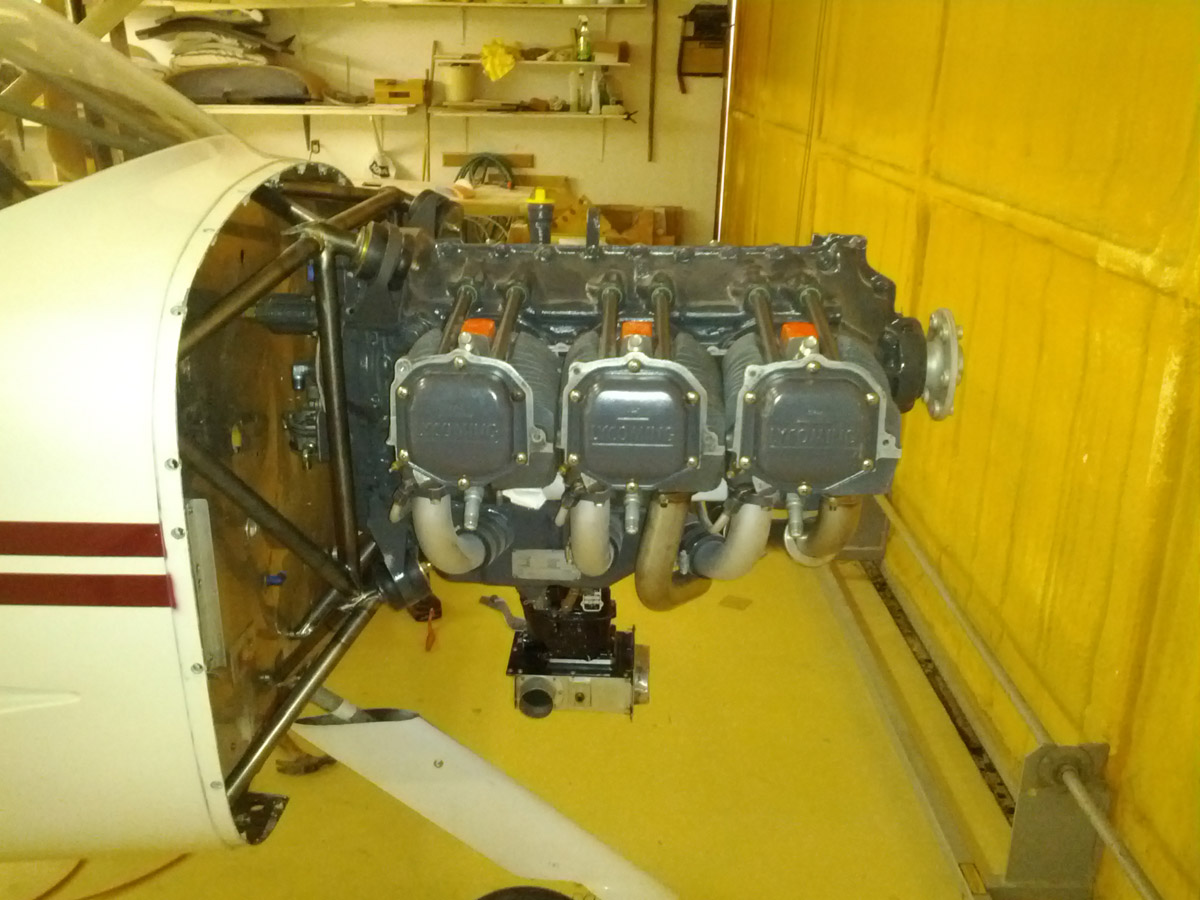
Engine
The GlaStar had an O-320 which was removed and extra tubing added to the airframe to support the weight of the O-540. The 540 is rated at 250HP at 2500RPM and with high compression pistons is about 270HP at 2700RPM. A custom engine mount was fabricated to bring the engine as close as possible to the firewall. Dual electronic ignition (Plasma III) allowed removal of the magnetos at the back of the engine case and the dual 10” Skyview system allowed us to remove the vacuum pump. The goal was to reuse the existing cowling and while it came close, a custom cowling was required in the end. Done with carbon fiber, it had the advantage of saving weight at the front end. A constant speed MT prop was chosen for performance and weight. A Skytec starter and lightweight alternator completed the engine accessories. The actual engine mount was done quickly followed by engine installation with the cowling fabrication taking much longer.

Panel
The panel has dual 10” Dynon Skyview displays, a Garmin audio panel and GNS 480, Bendix Com/GPS and transponder as well as USB power sockets and the amphibian controls.
Floats
We went with Clamar 2200 amphibs rated at 2,477lb. These are a relatively light fiberglass float with a hydraulic pump in one of the floats. Aside from some shimmy problems these have worked out well. Most importantly the mount point has worked out well for water operations with no tendency to submarine at taxi speed and yet able to walk to the back of the float without going under. For comparison much better than a Cessna 185 on 3500 amphibs. Step taxi behavior is very stable with no tendency to nose over nor pitch down on water touch down. The auxiliary fuel tanks are a pain when fueling at a dock requiring turning the aircraft around to reach the outside wing. Getting the water rudder rigging right to give full turns in both directions took quite a bit of effort.
Challenges
Although we went into the project with weight and CG being the number one concern, especially on the water, the efforts to mitigate the weight of the 540 worked out well. Unexpectedly, the more difficult problem was engine cooling.
Having done a custom cowling, the inlets and outlet were assumed to be the root problem but after several cowling modifications in the end a larger air box allowed more fuel flow and better cylinder head temperatures.
Performance
There is no beating a Super Cub on straight floats for takeoff and the pilot visibility is great. The Super Cub gets off in a shorter distance but the GlaStar is not far behind, gets to the destination faster and goes farther with the convenience of amphibs for fuel stops.
| GlaStar 540 | Super Cub 360 | |
|---|---|---|
| Useful load (lb) | 500 | 360 (typically flown at 600) |
| lb/hp (gross weight) | 8.5 | 9.8 |
| Fuel capacity US gal | 50 | 36 |
| Cruise mph | 115 | 87 |
| Range miles – no reserve | 480 | 391 |
| Water Take off | 1,700’ light @ 5700’ | 1,400’ fully loaded @ 6,000’ |
Summary
The project took longer than we had hoped, missing one summer but 2013 had great weather and we had a wonderful summer going into some beautiful lakes. There were lots of problems to solve and lots to learn along the way. An aircraft is always a set of compromises and this one is no different, just with a specific and narrow goal.
And no project is quite finished—we plan to convert to fuel injection this winter.

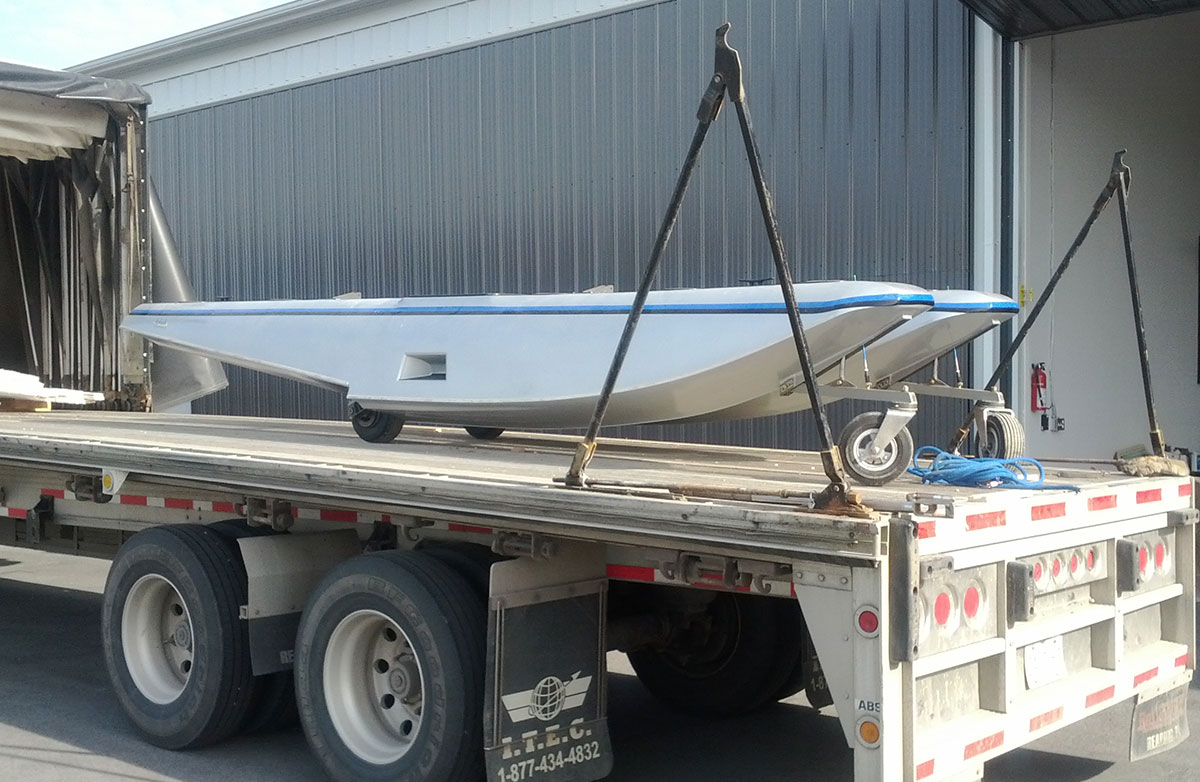
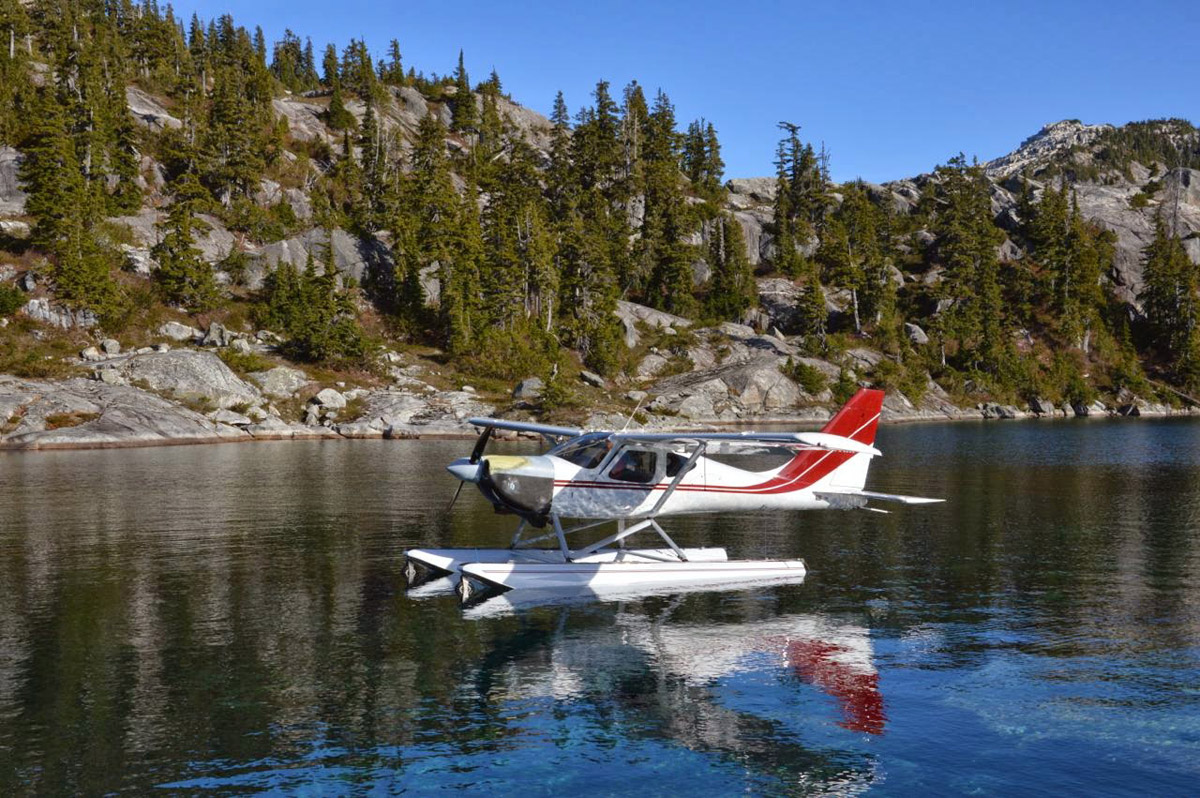
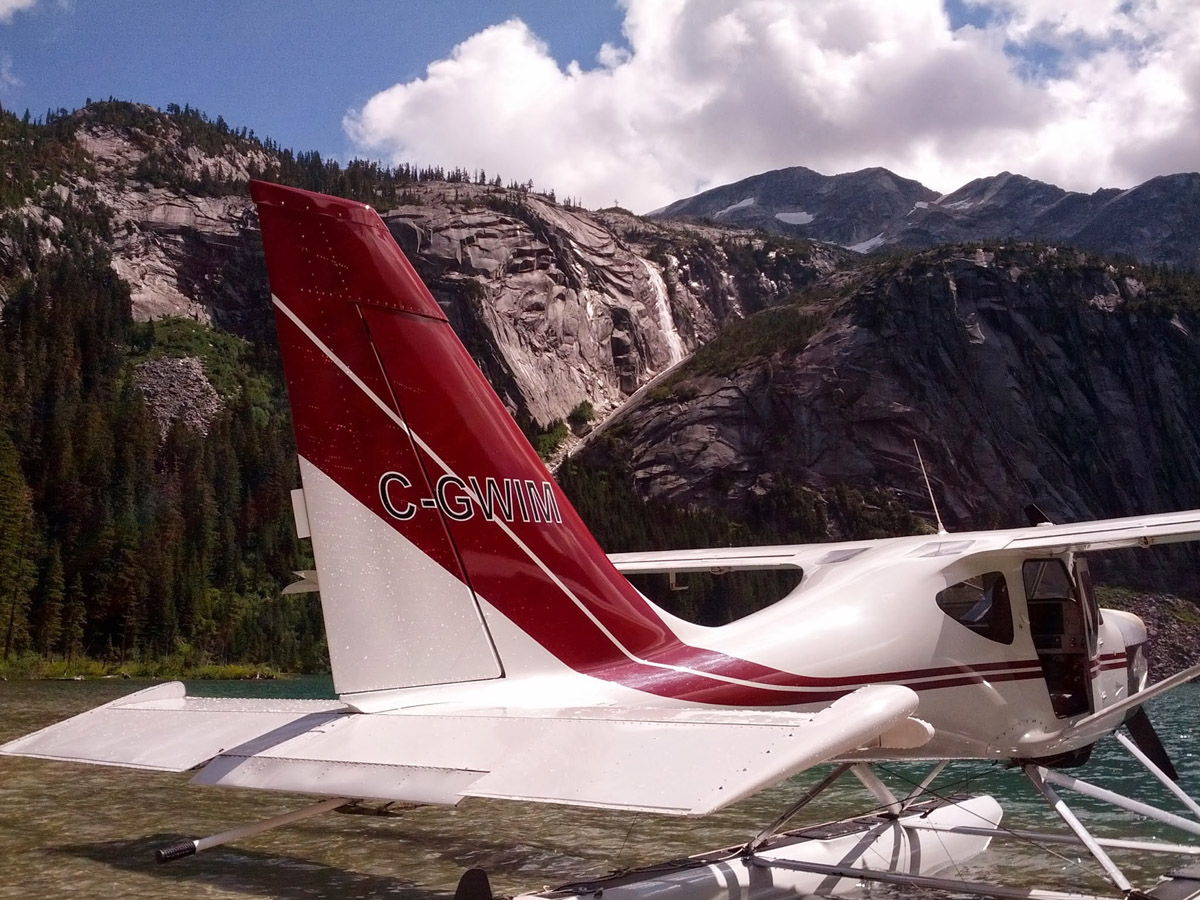
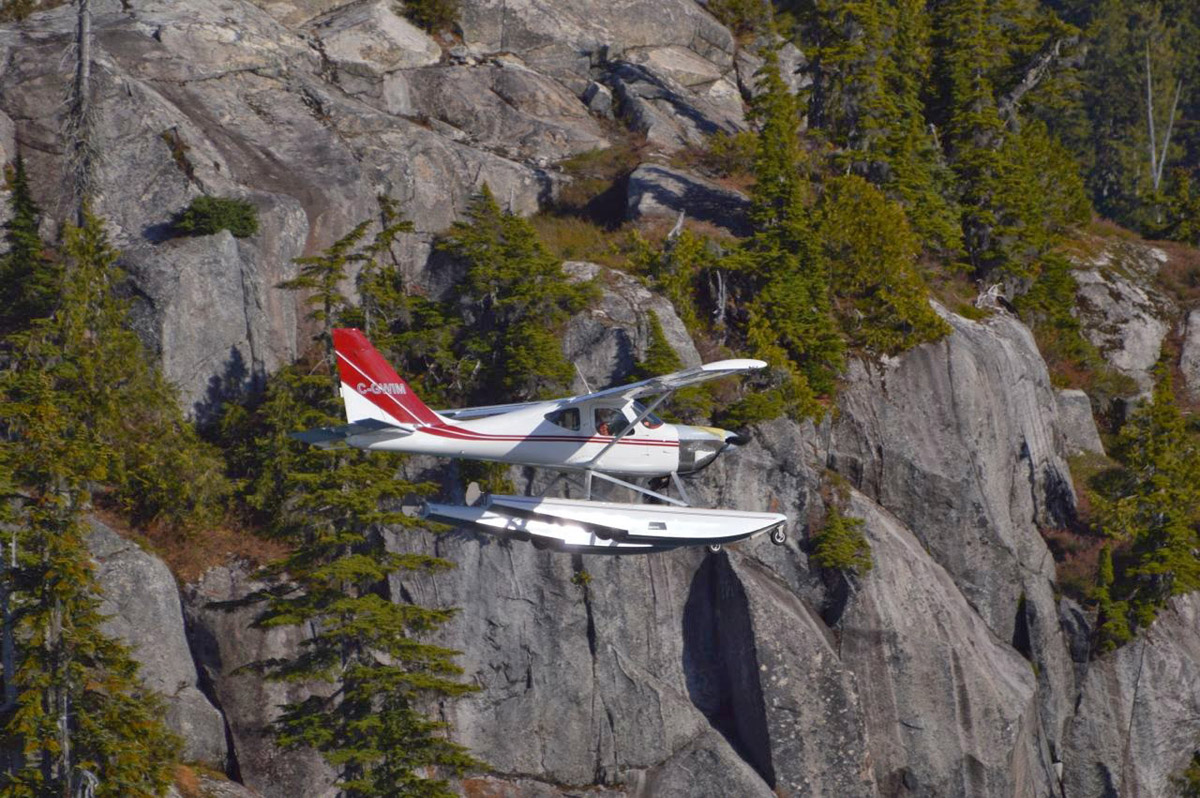

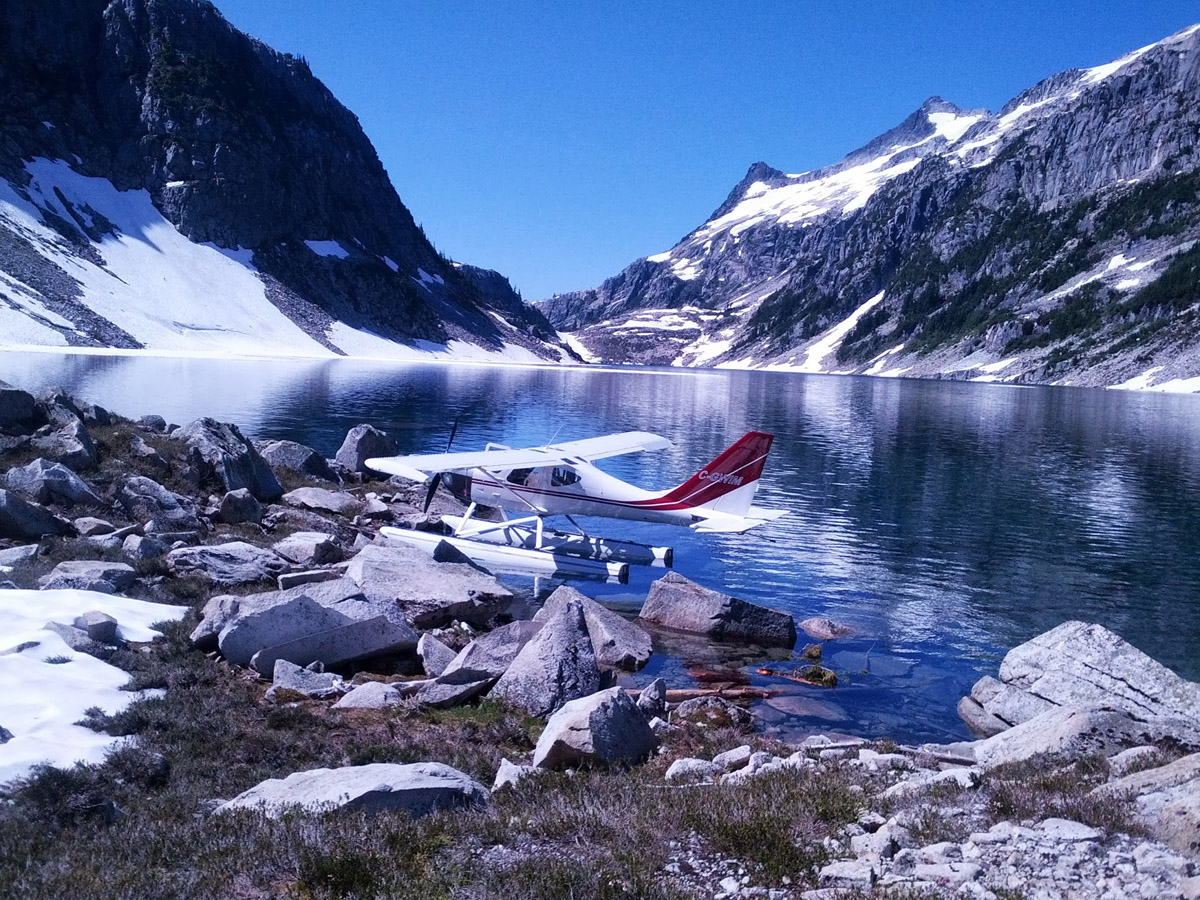

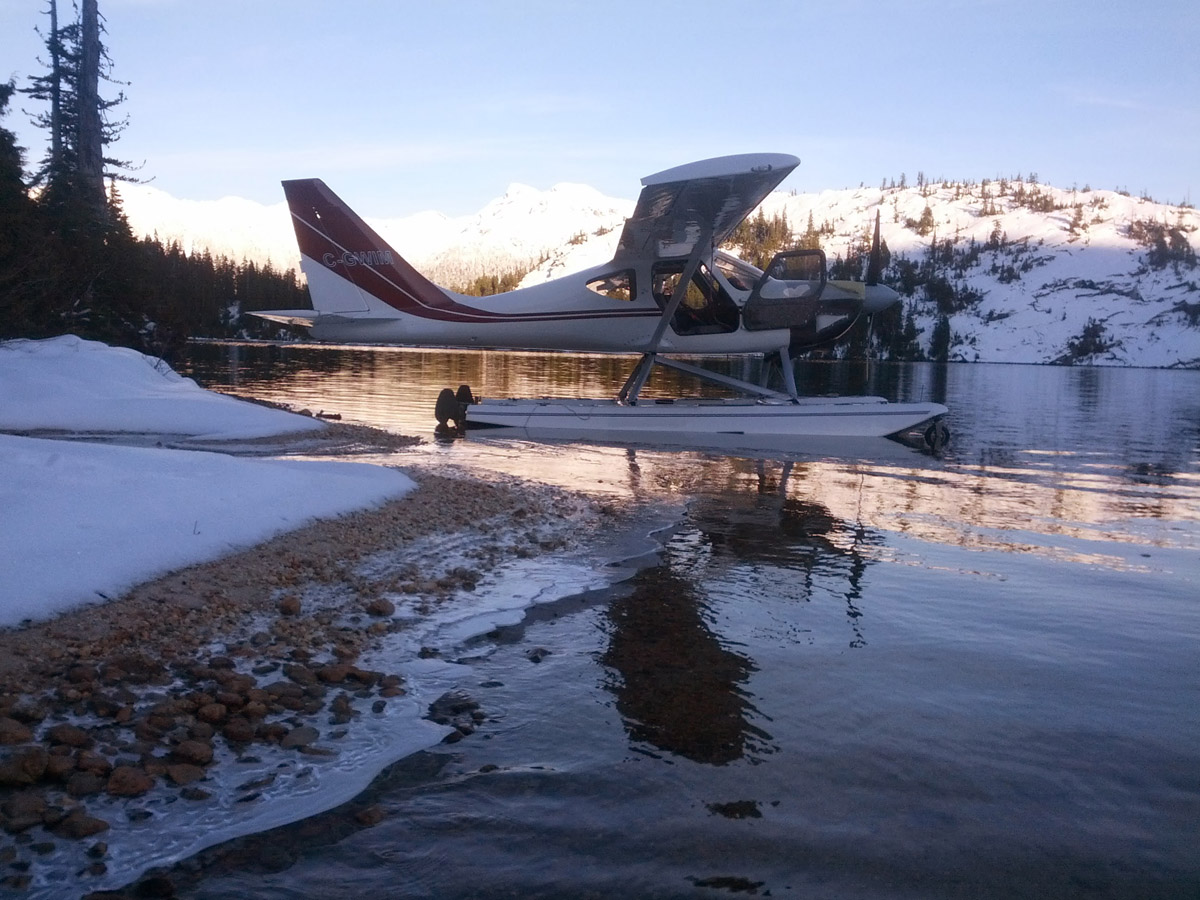
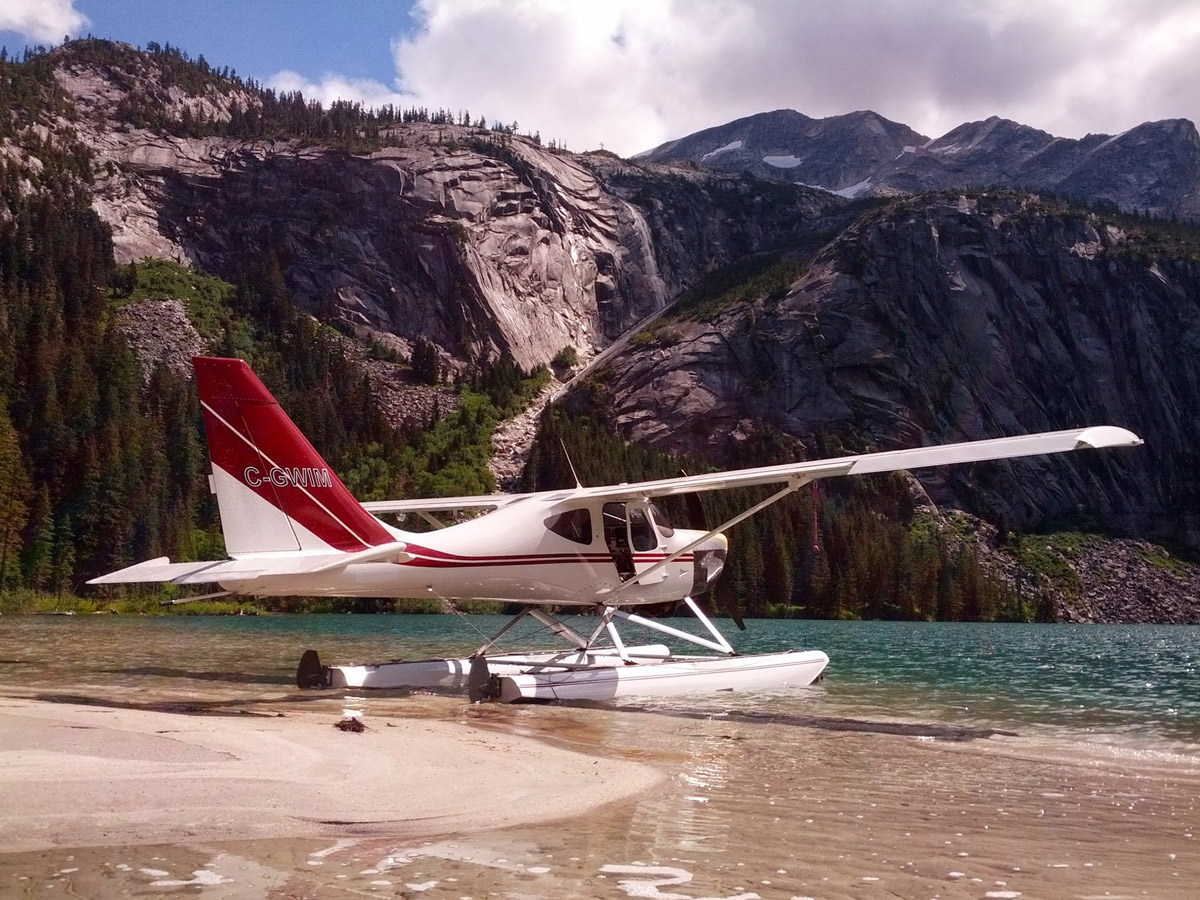
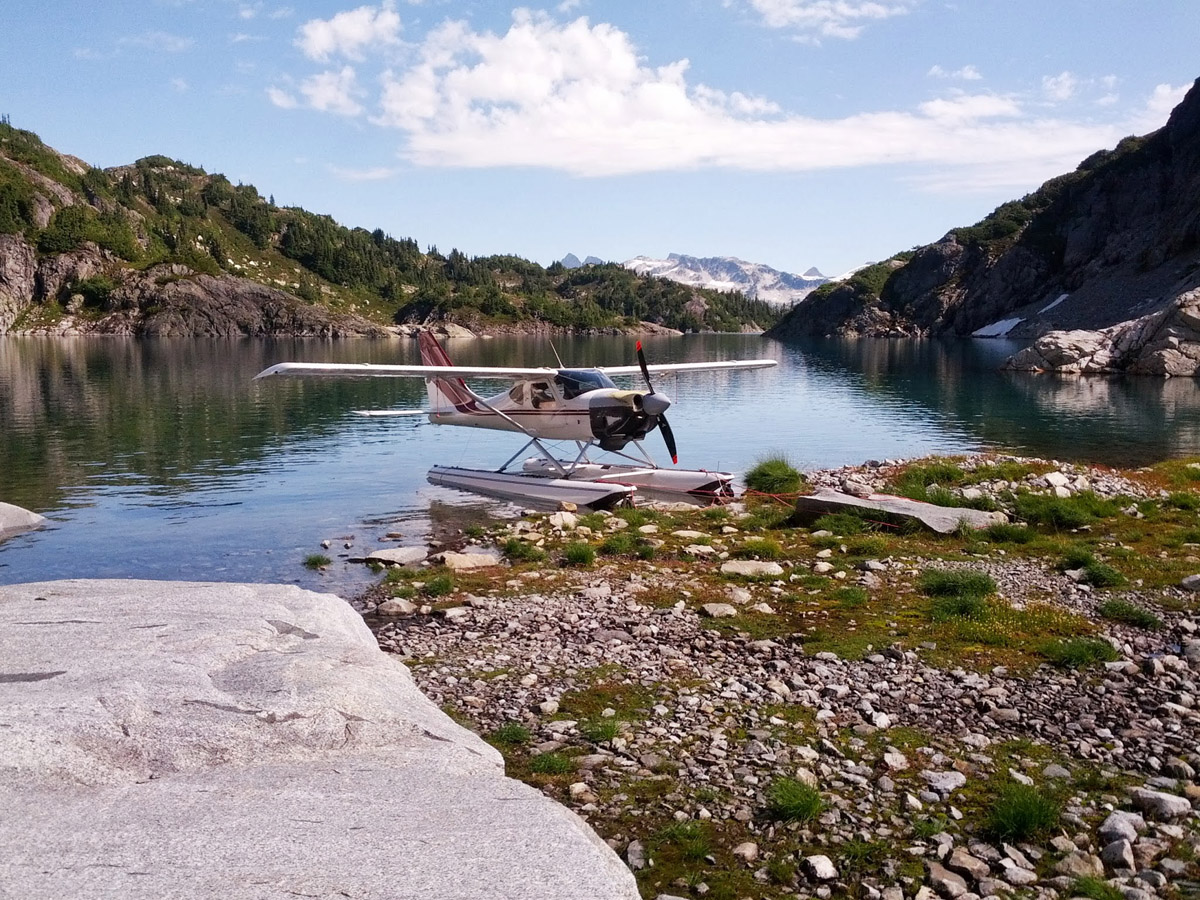


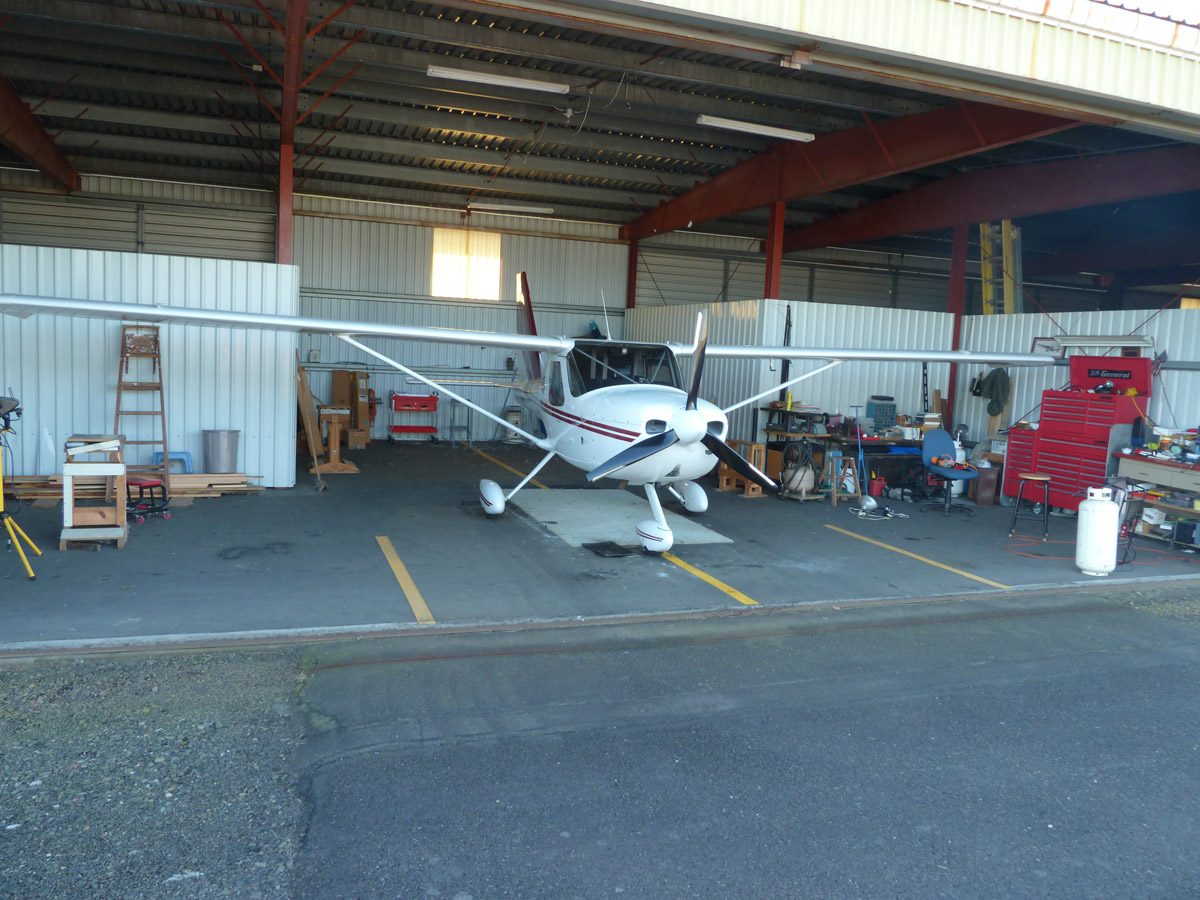


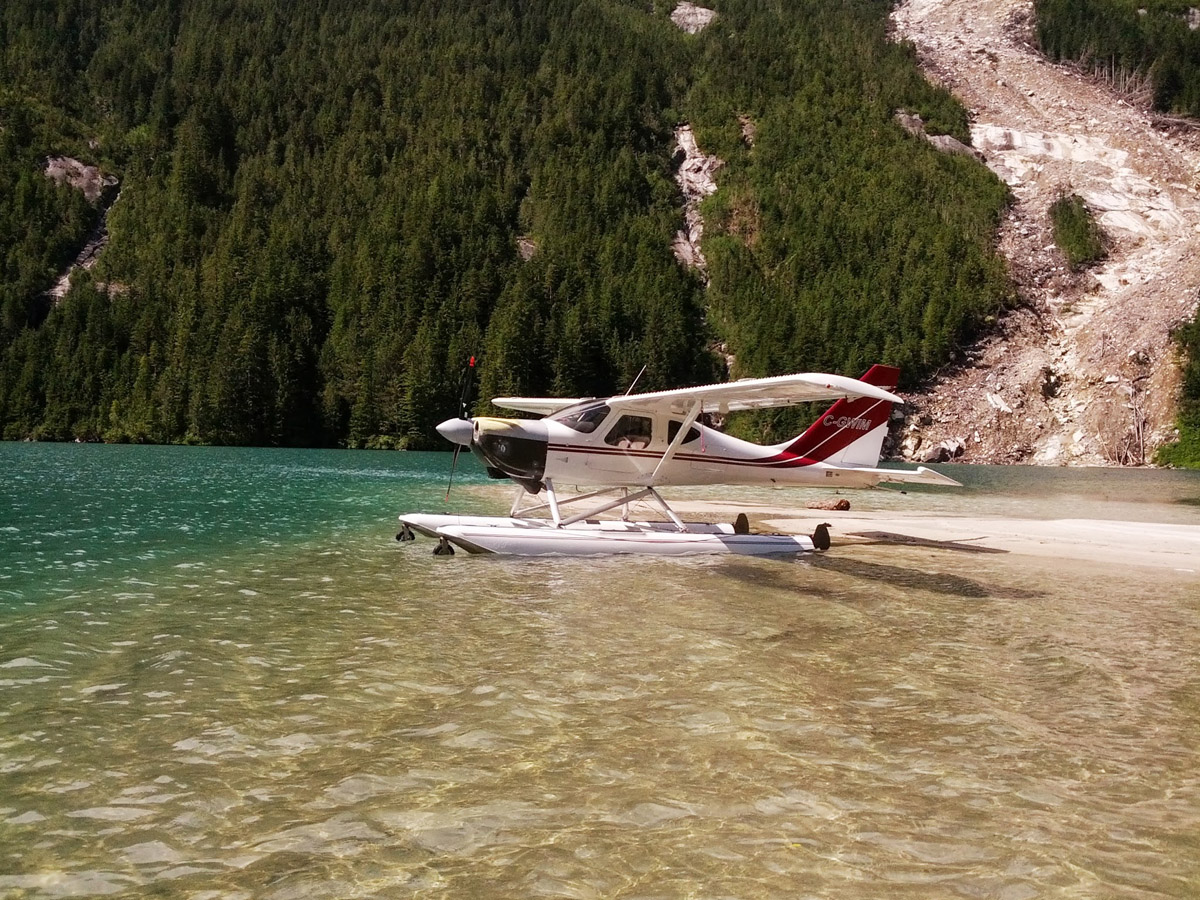

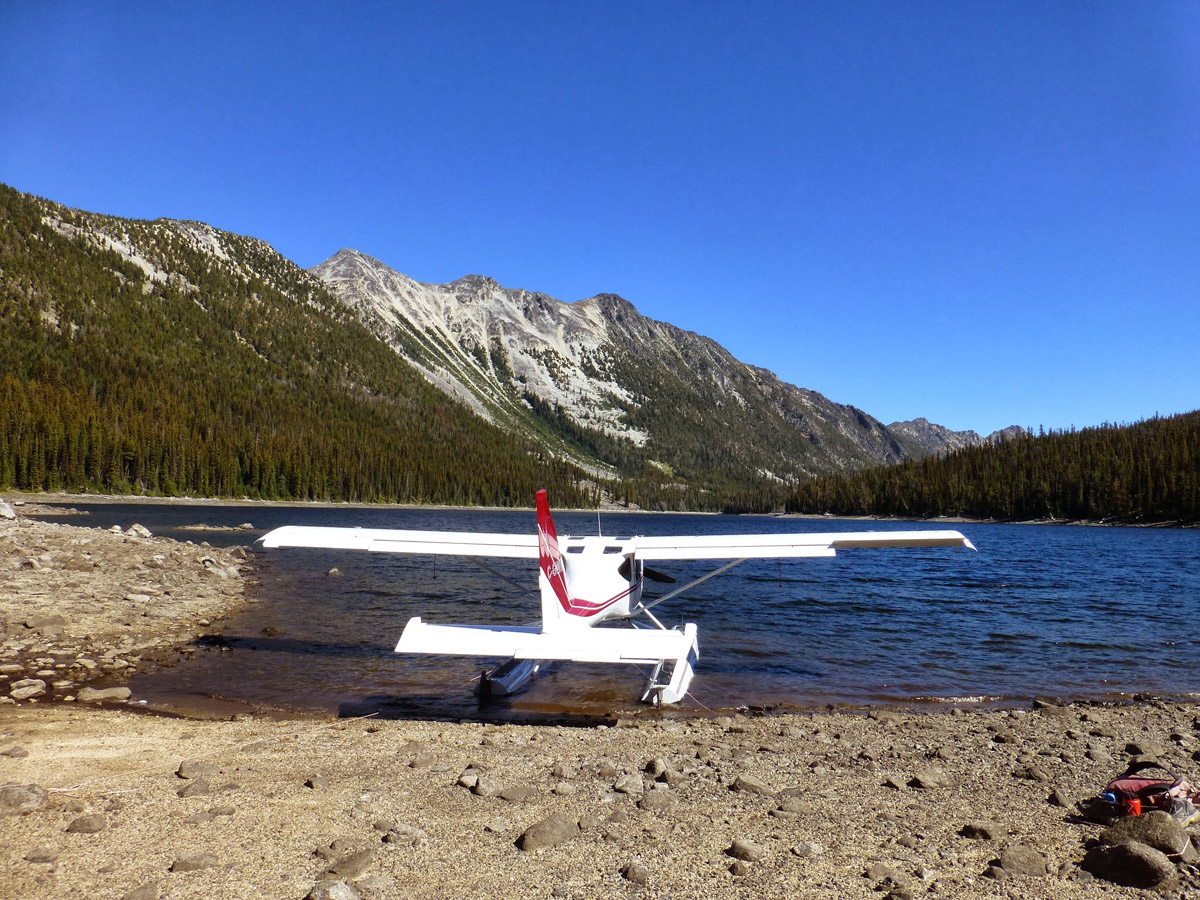


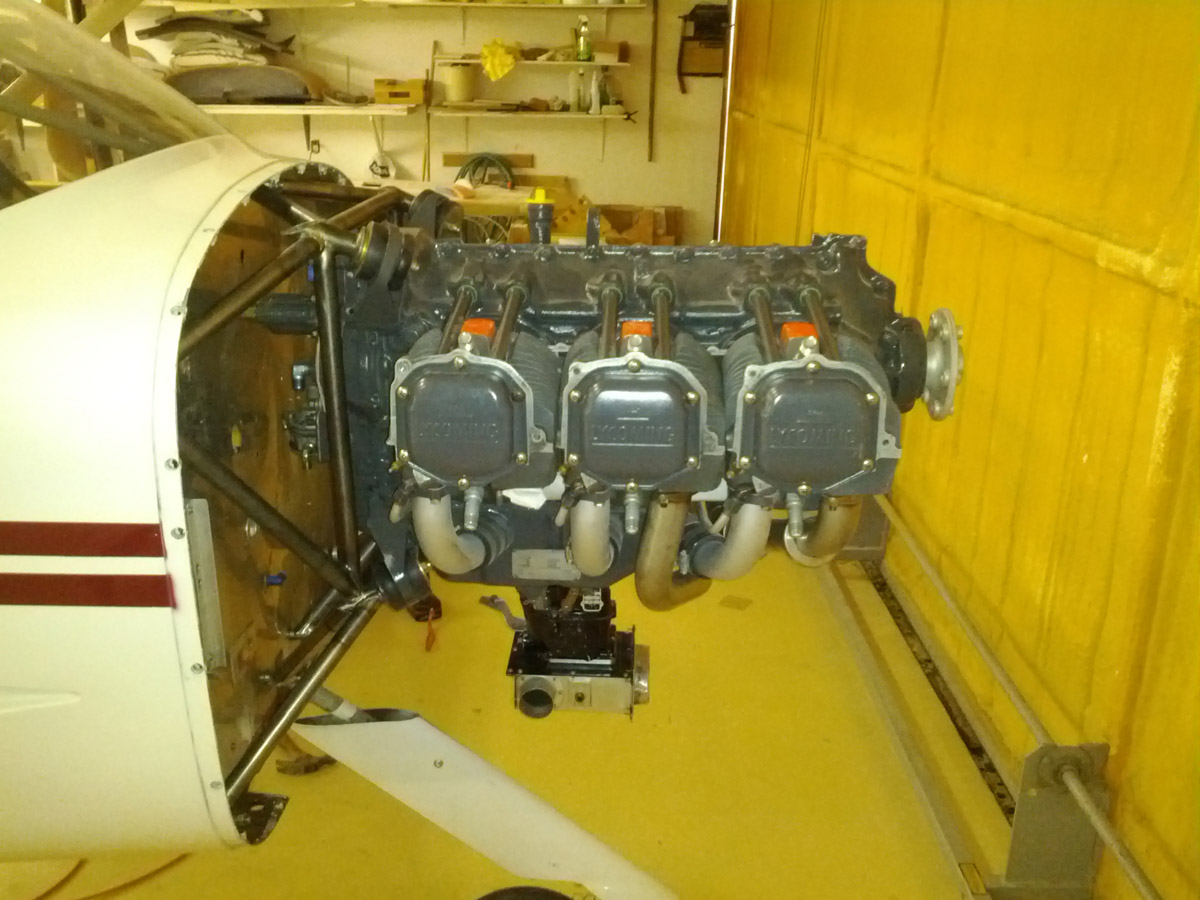
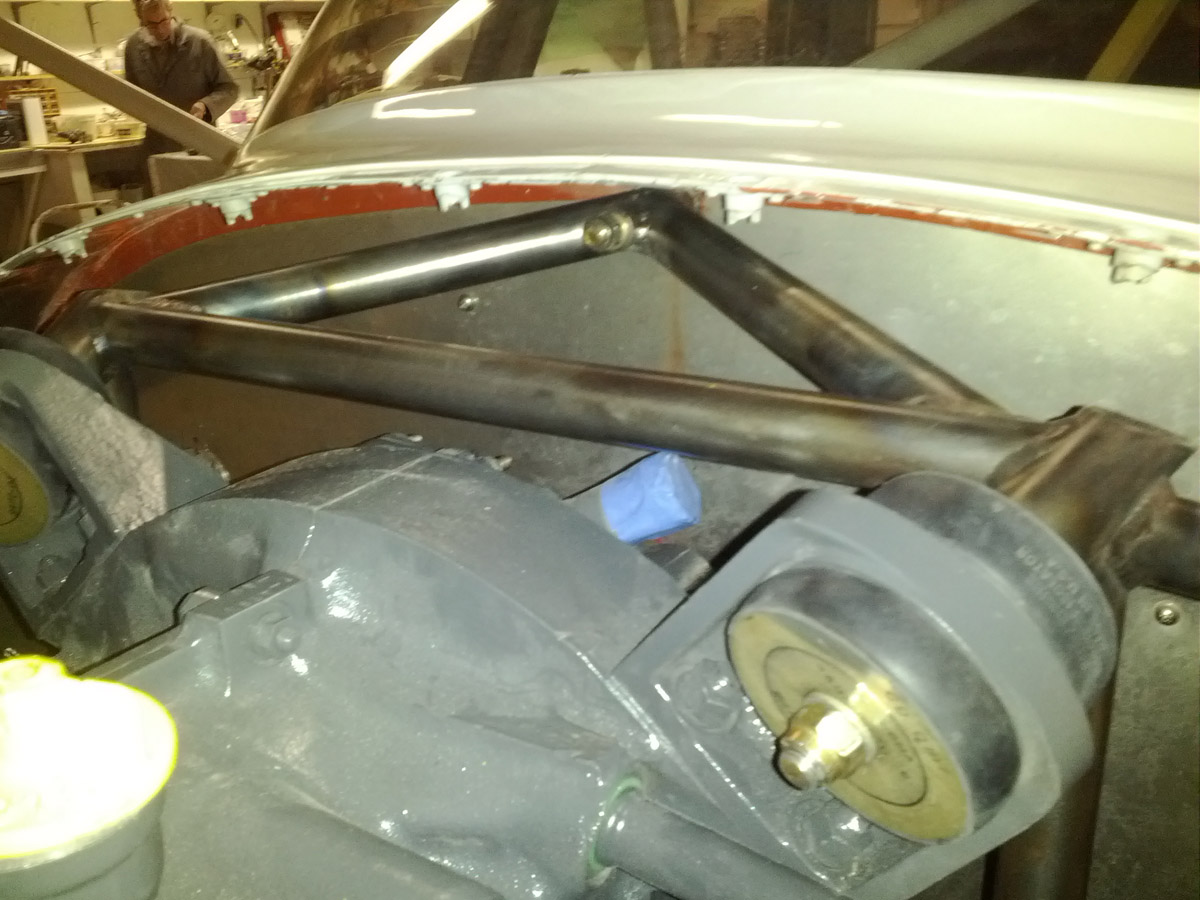

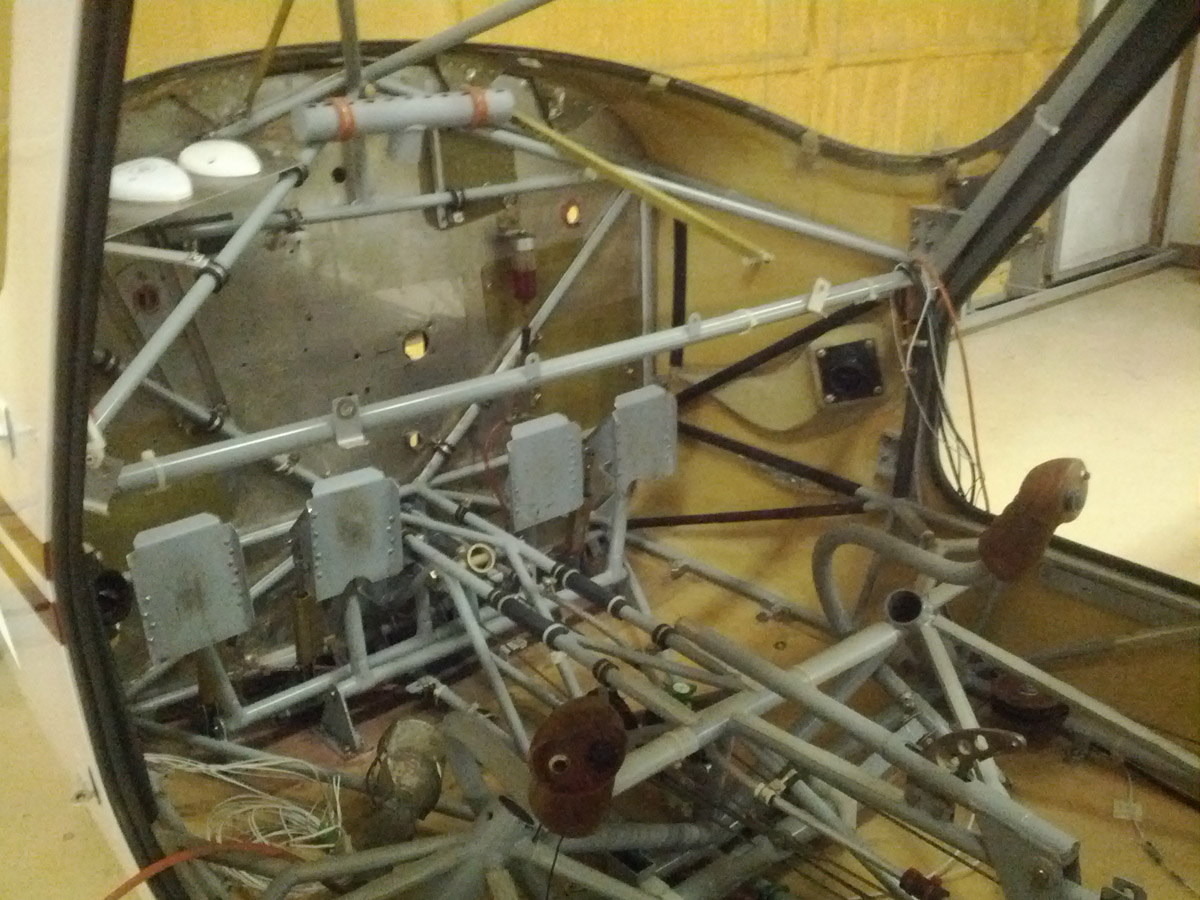
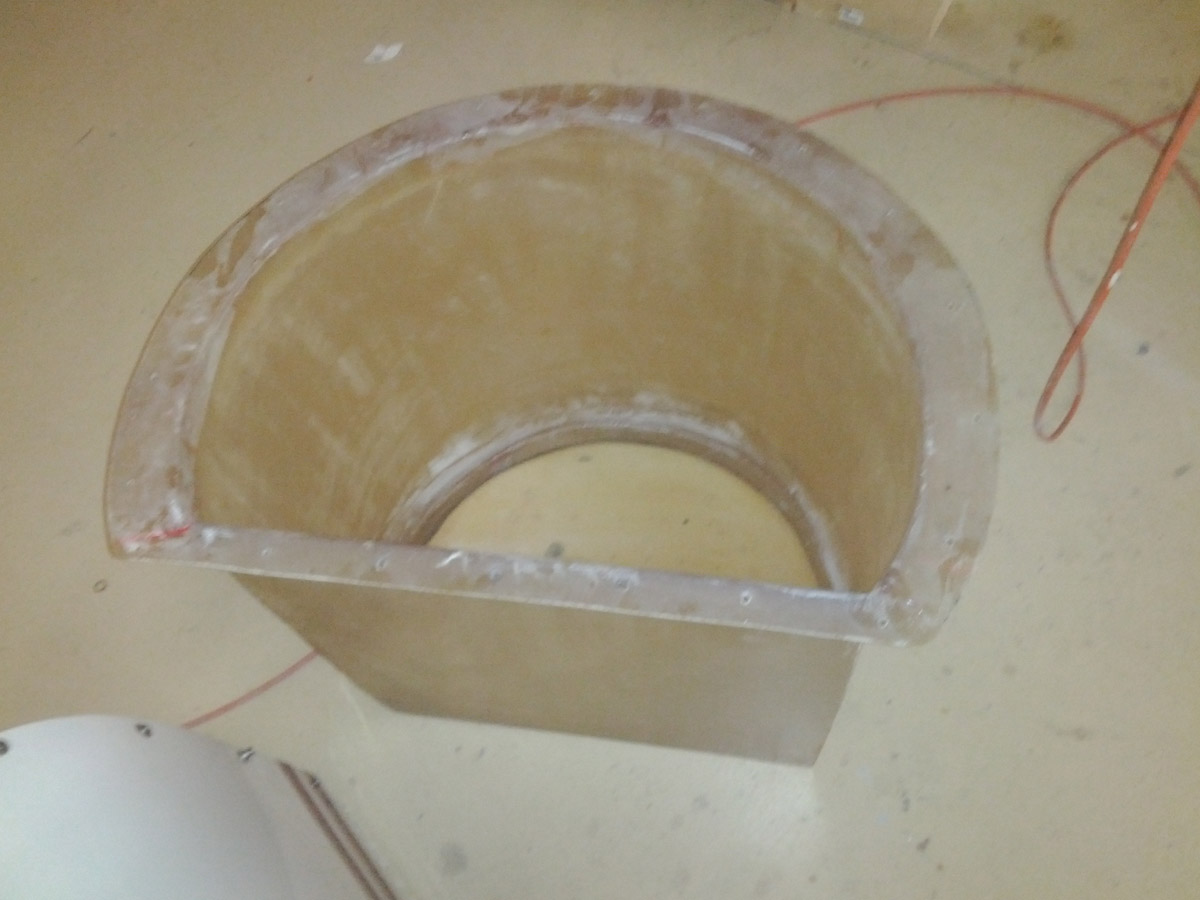

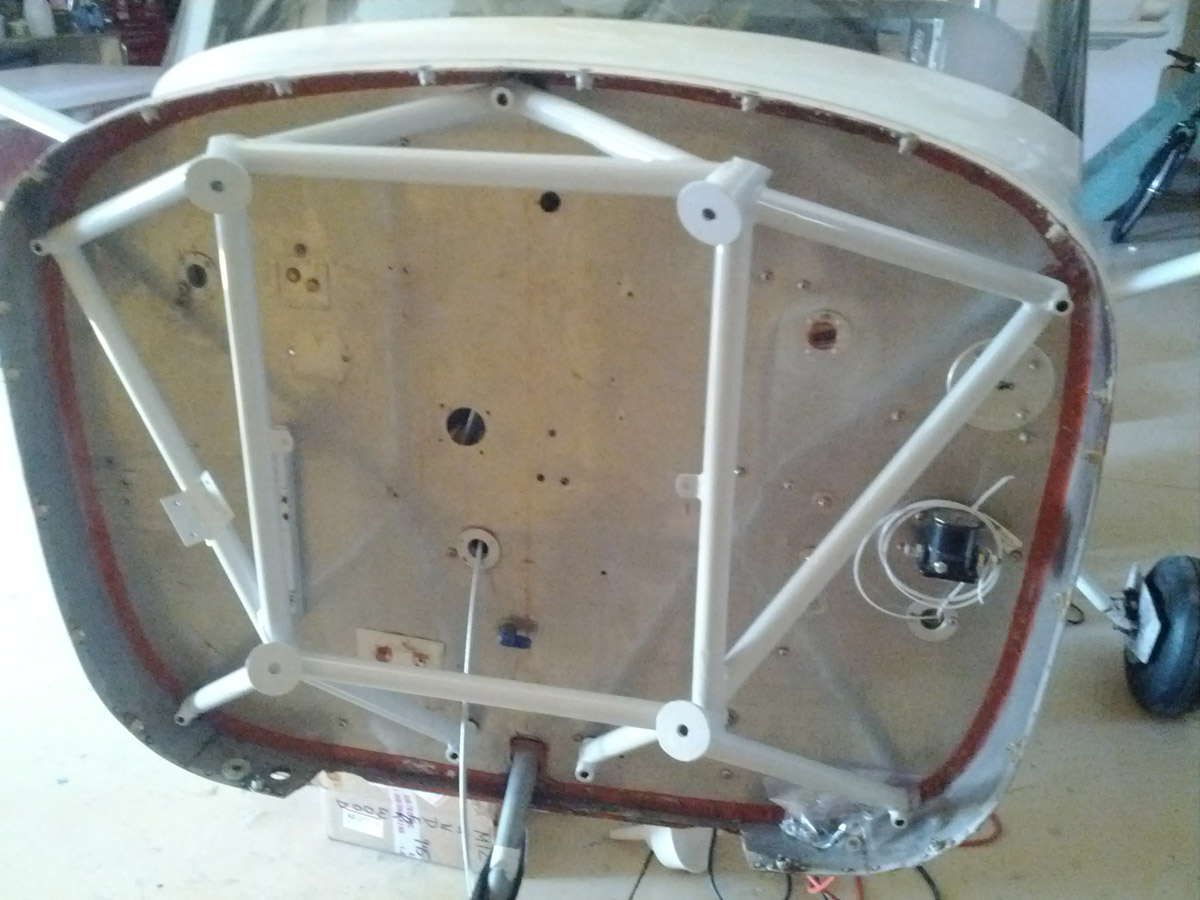
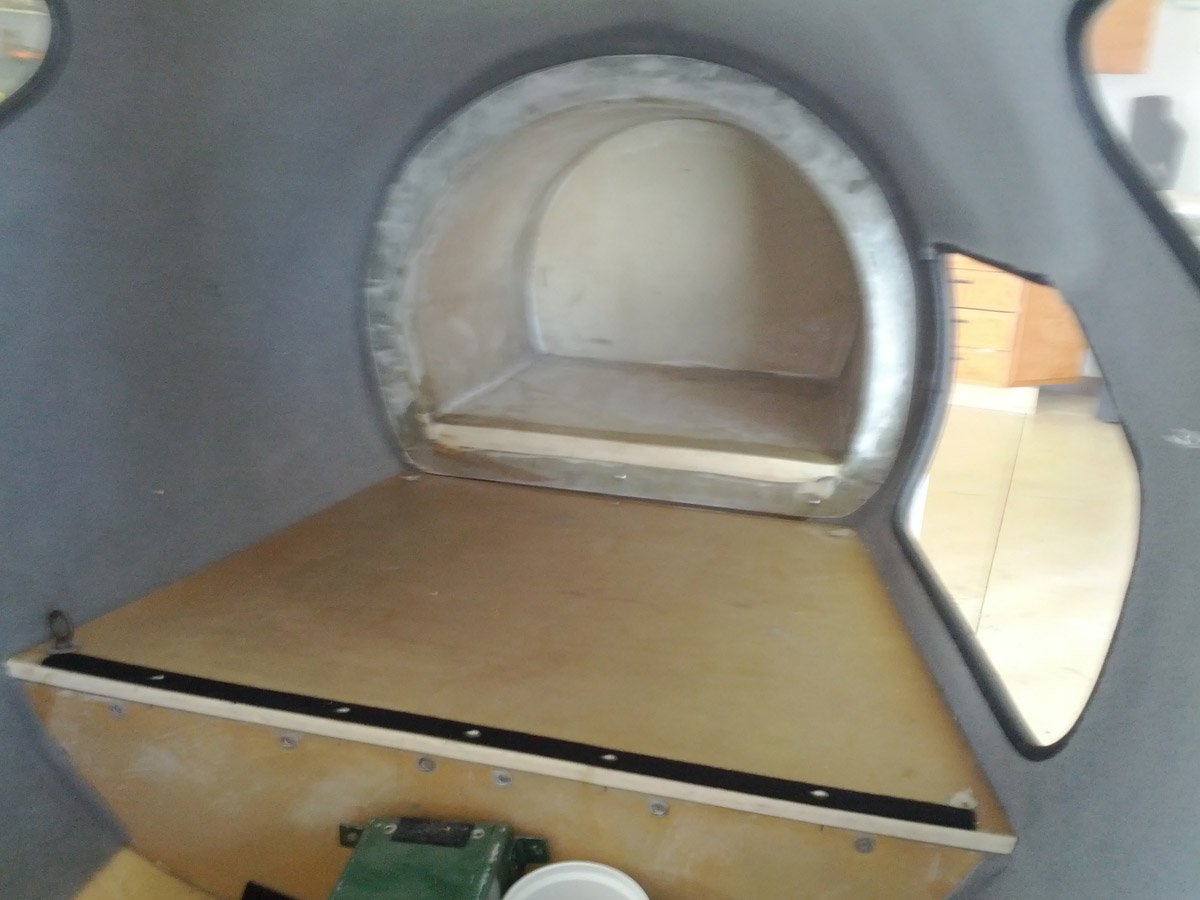
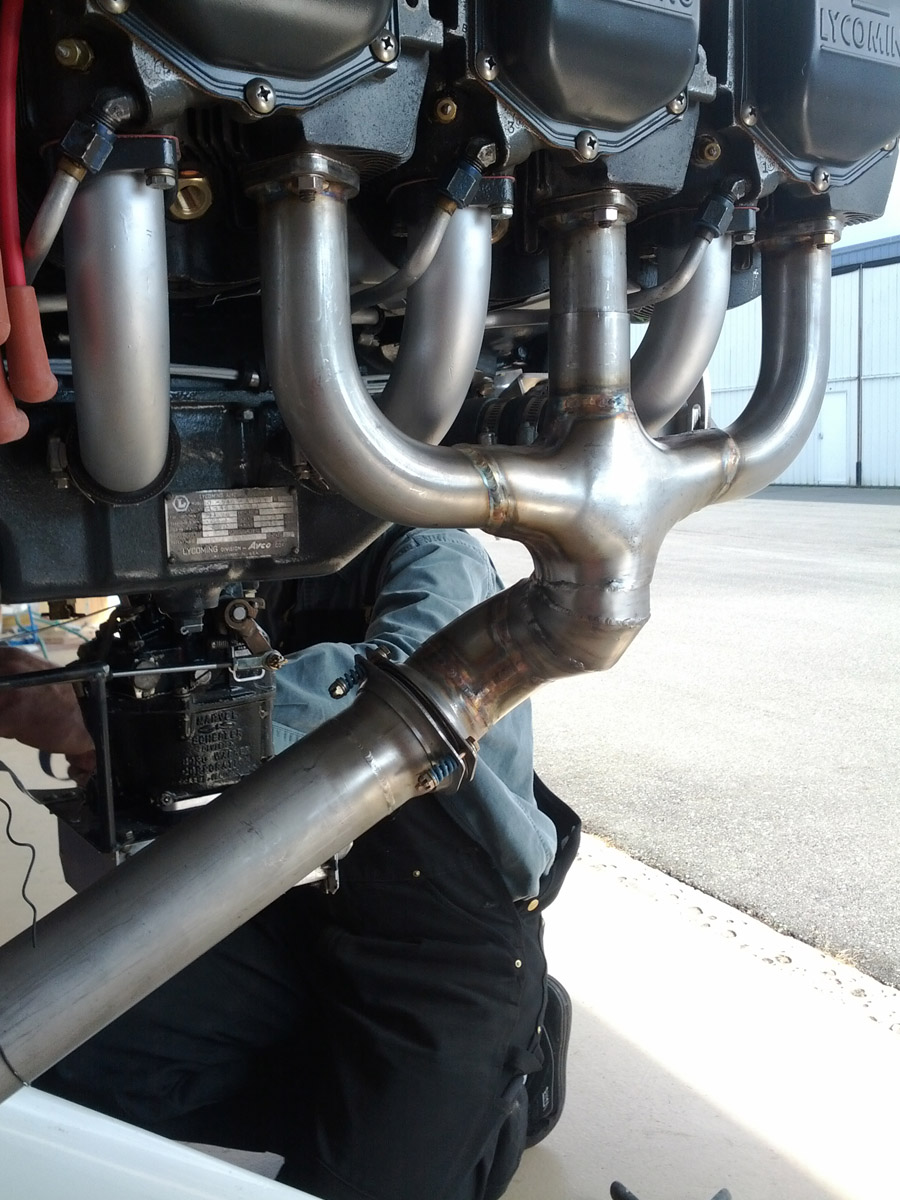
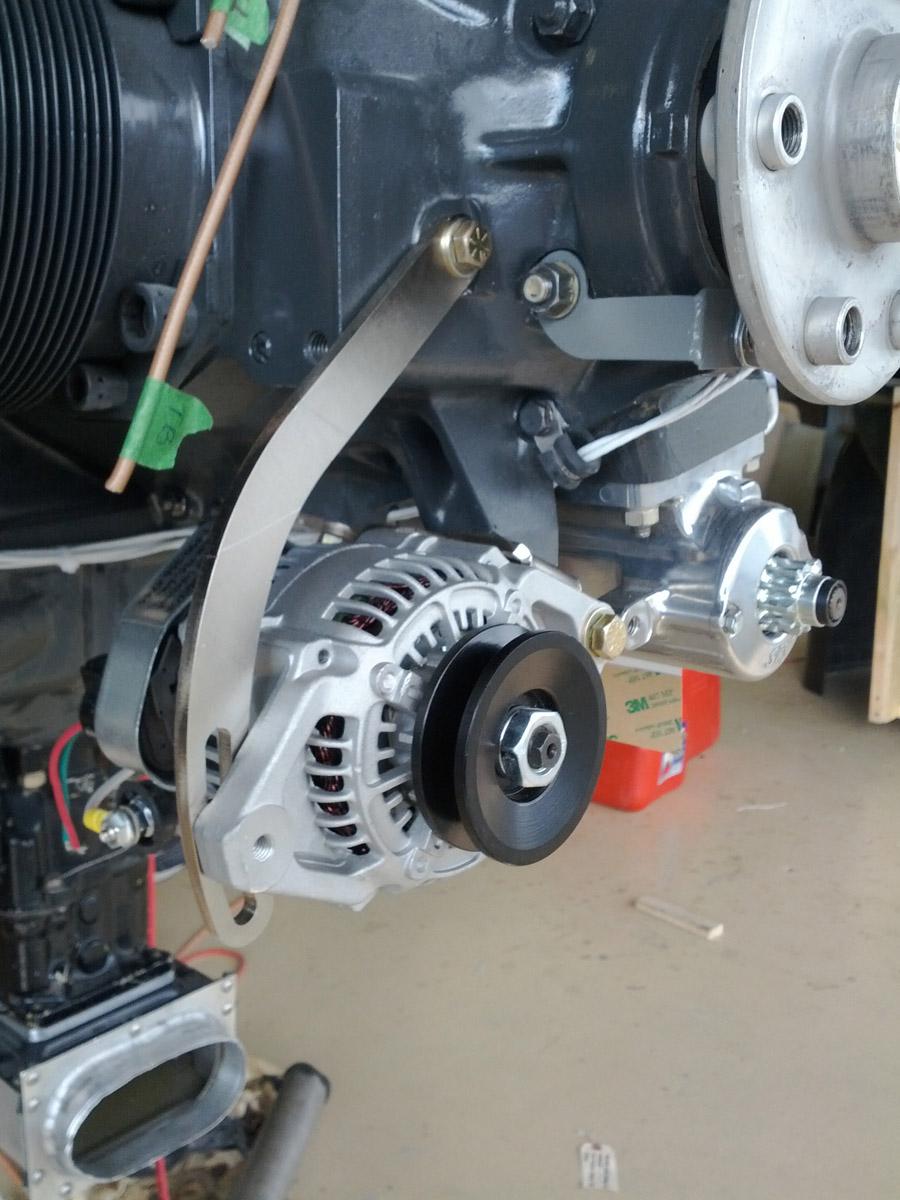
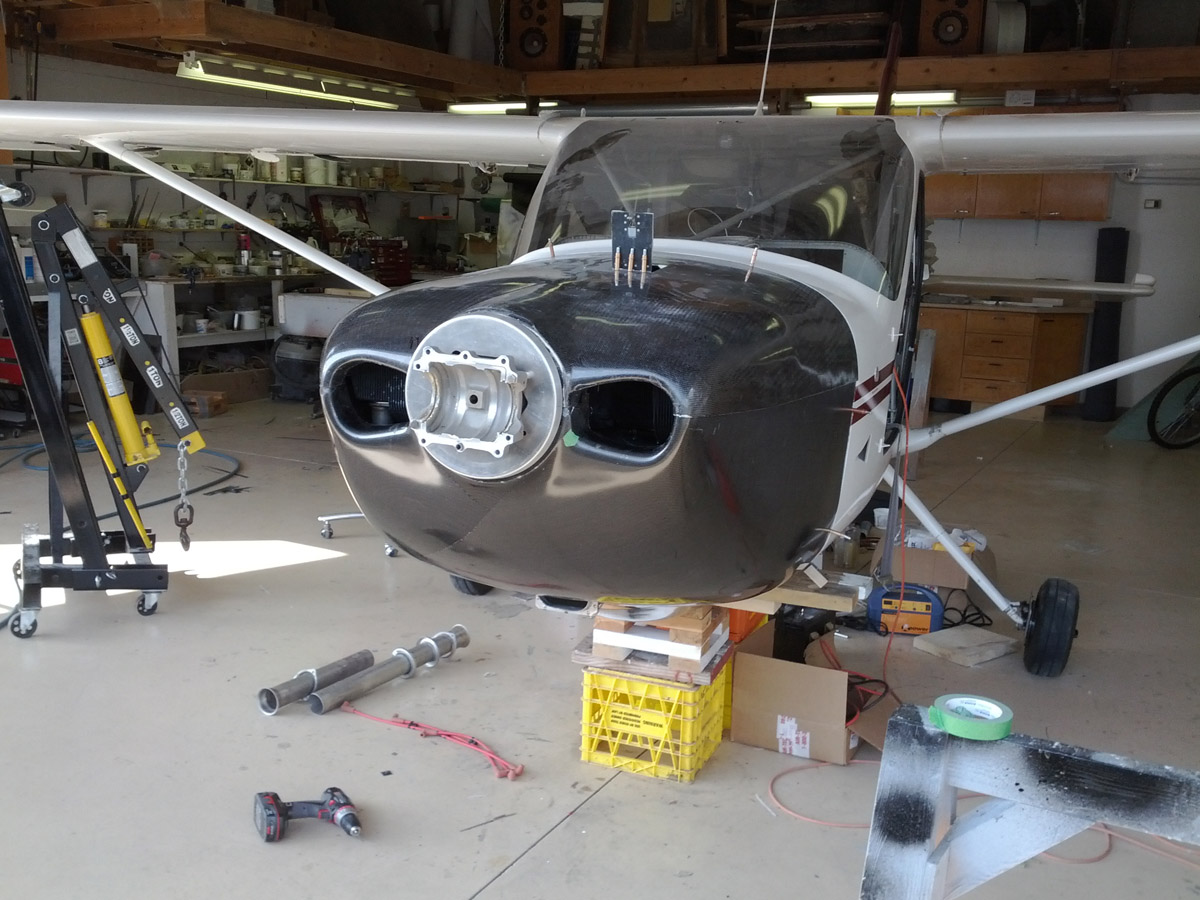


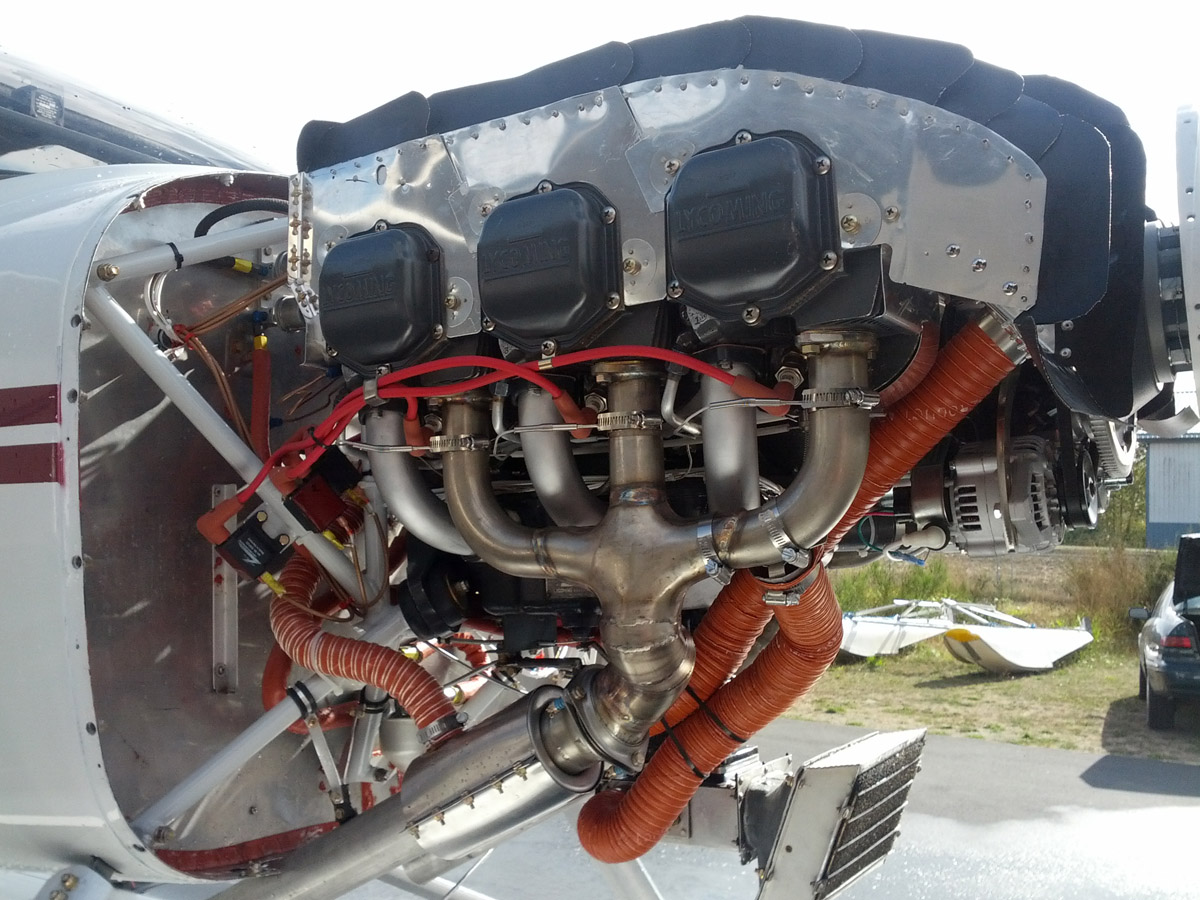
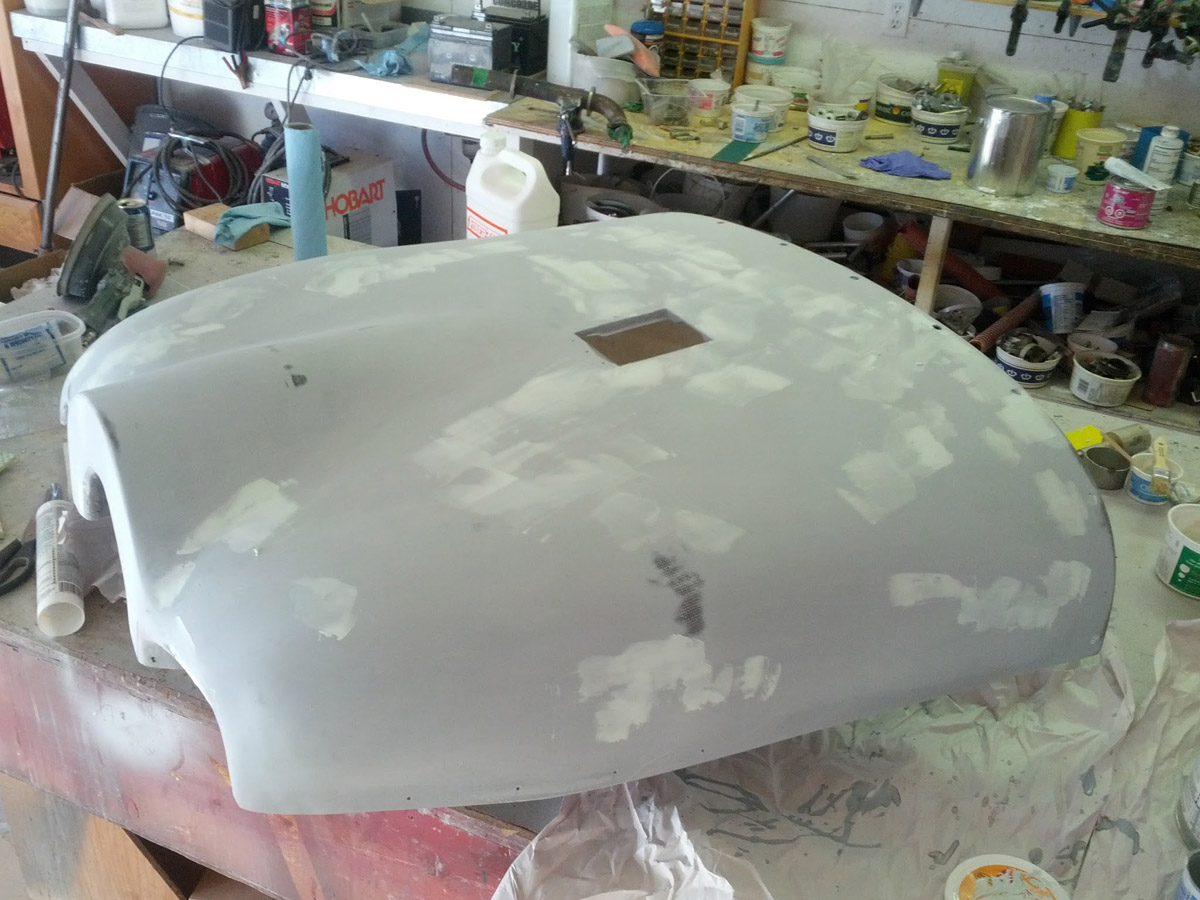
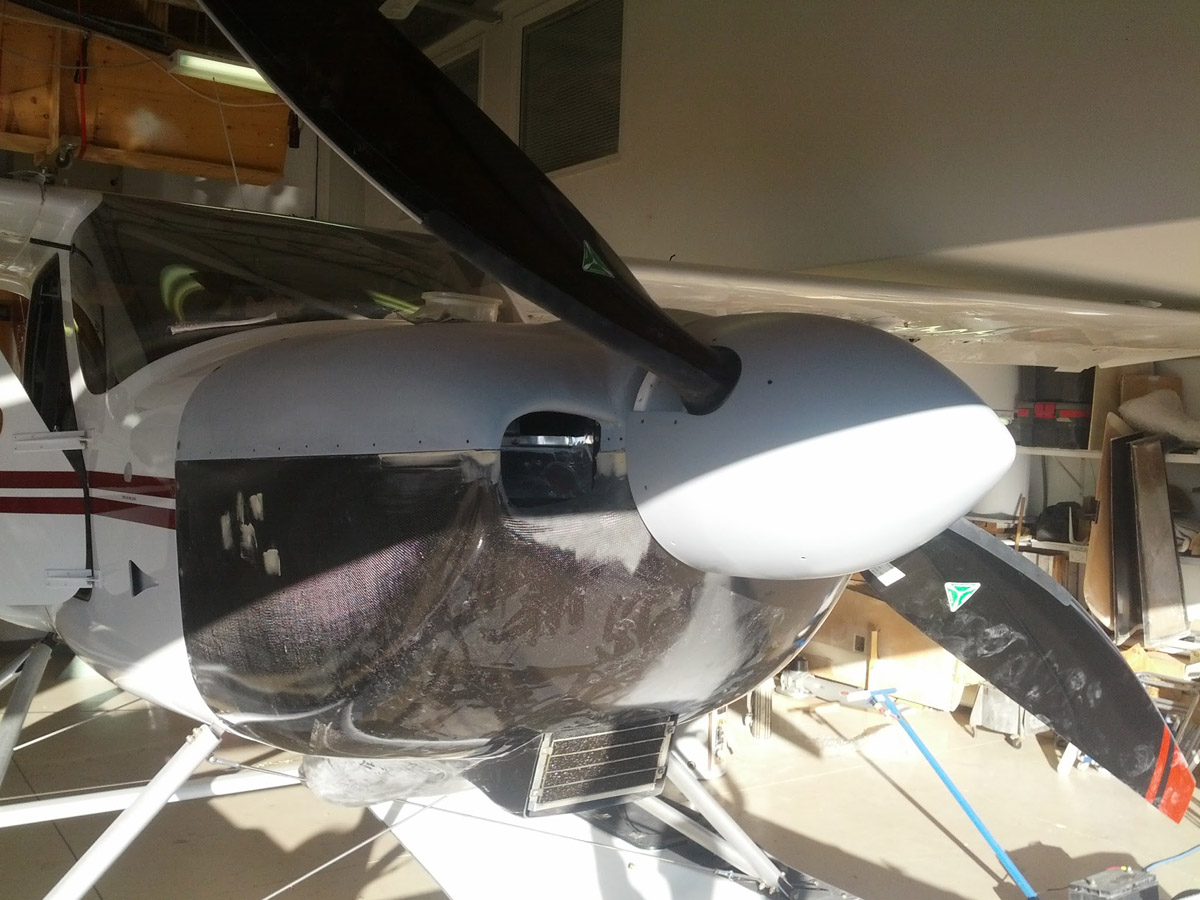
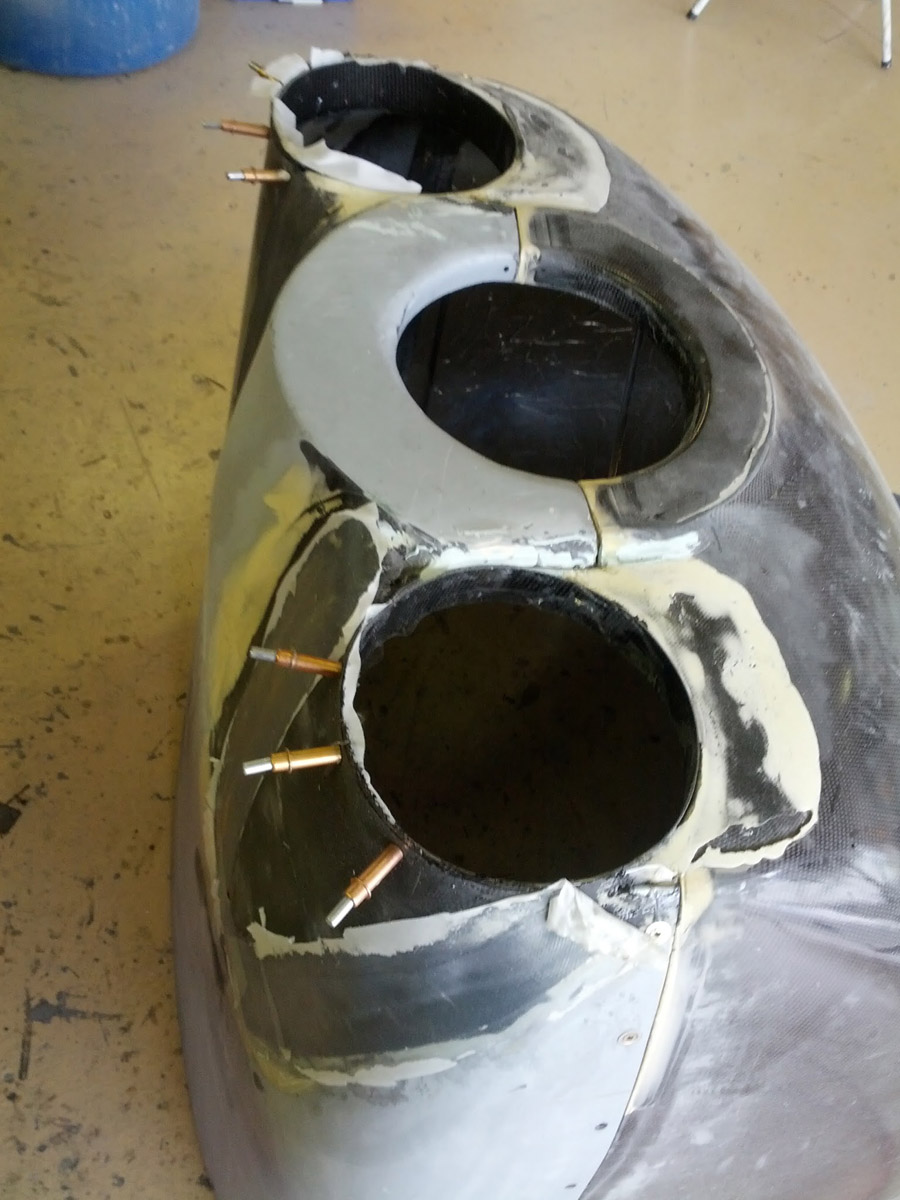
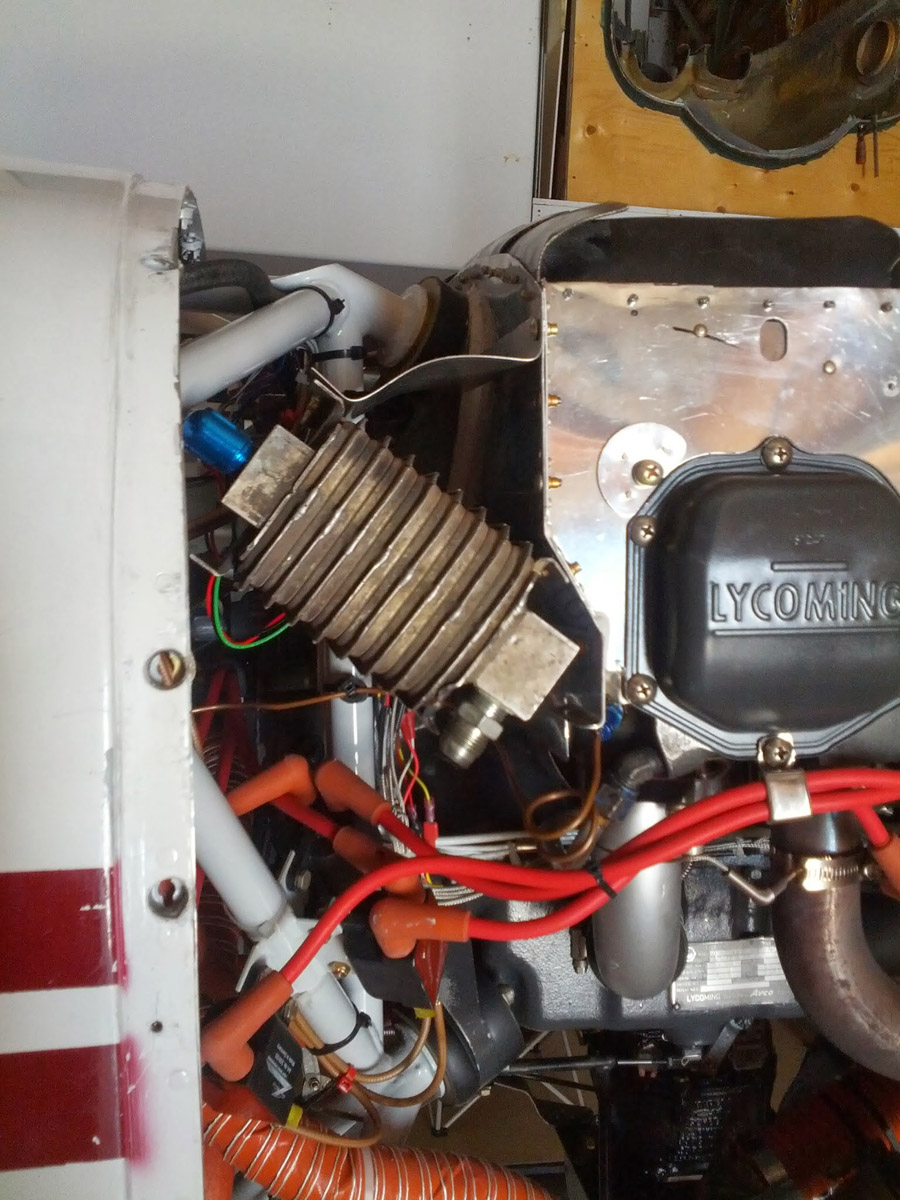


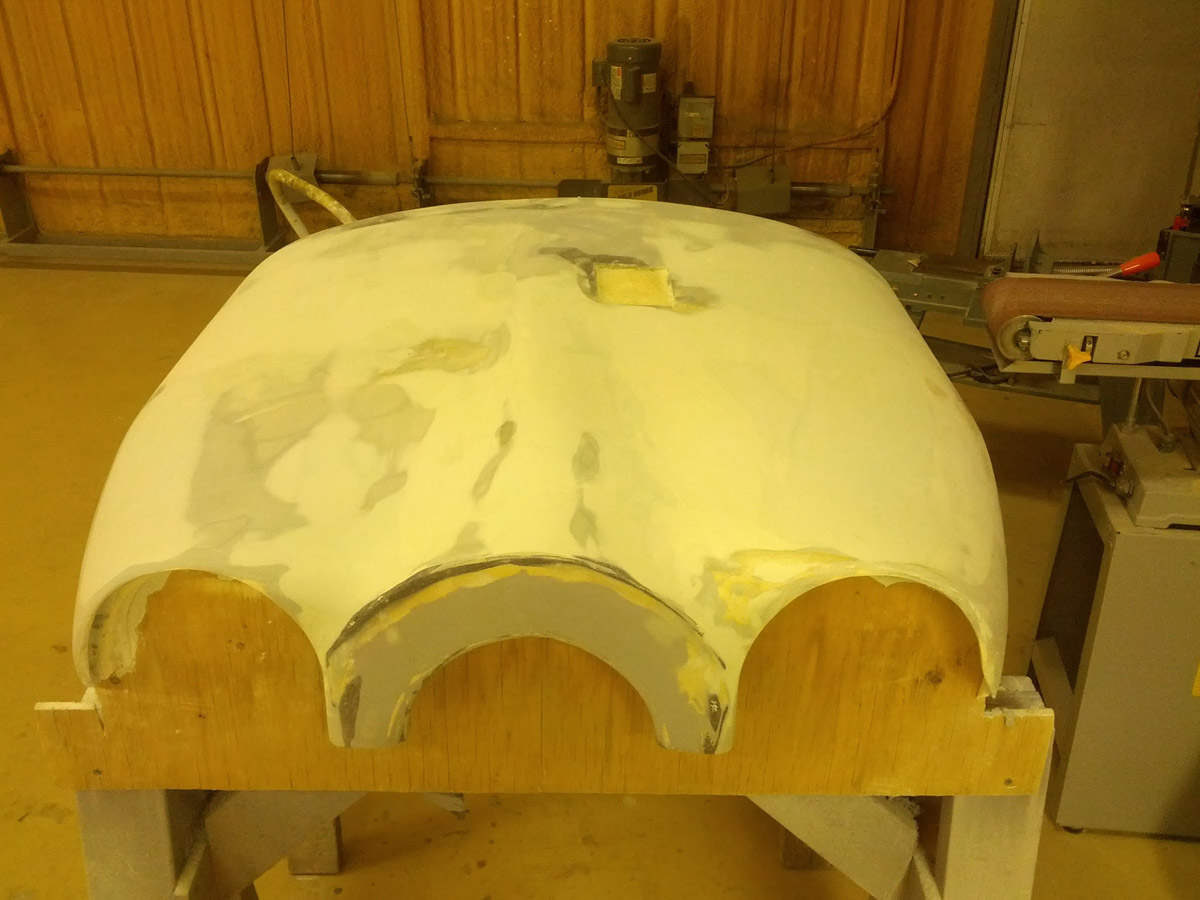

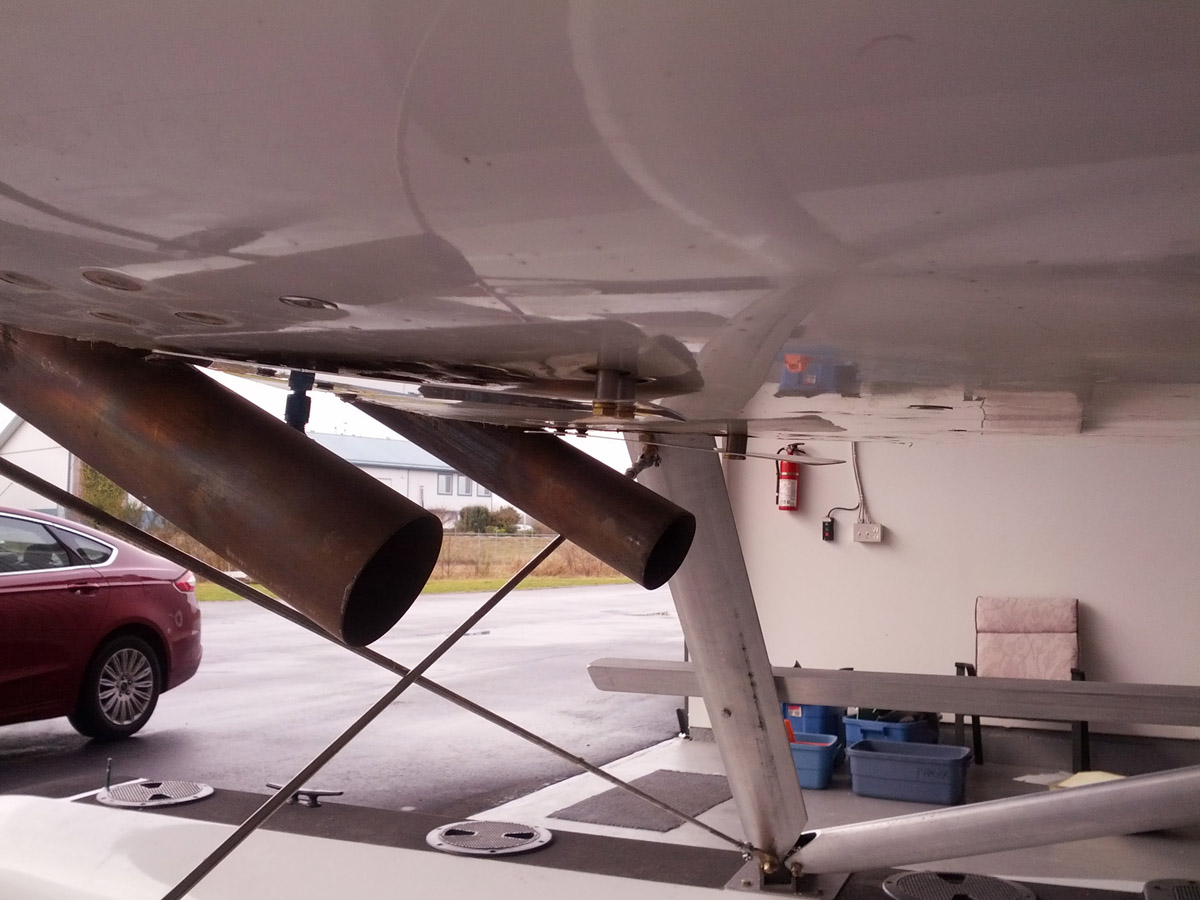
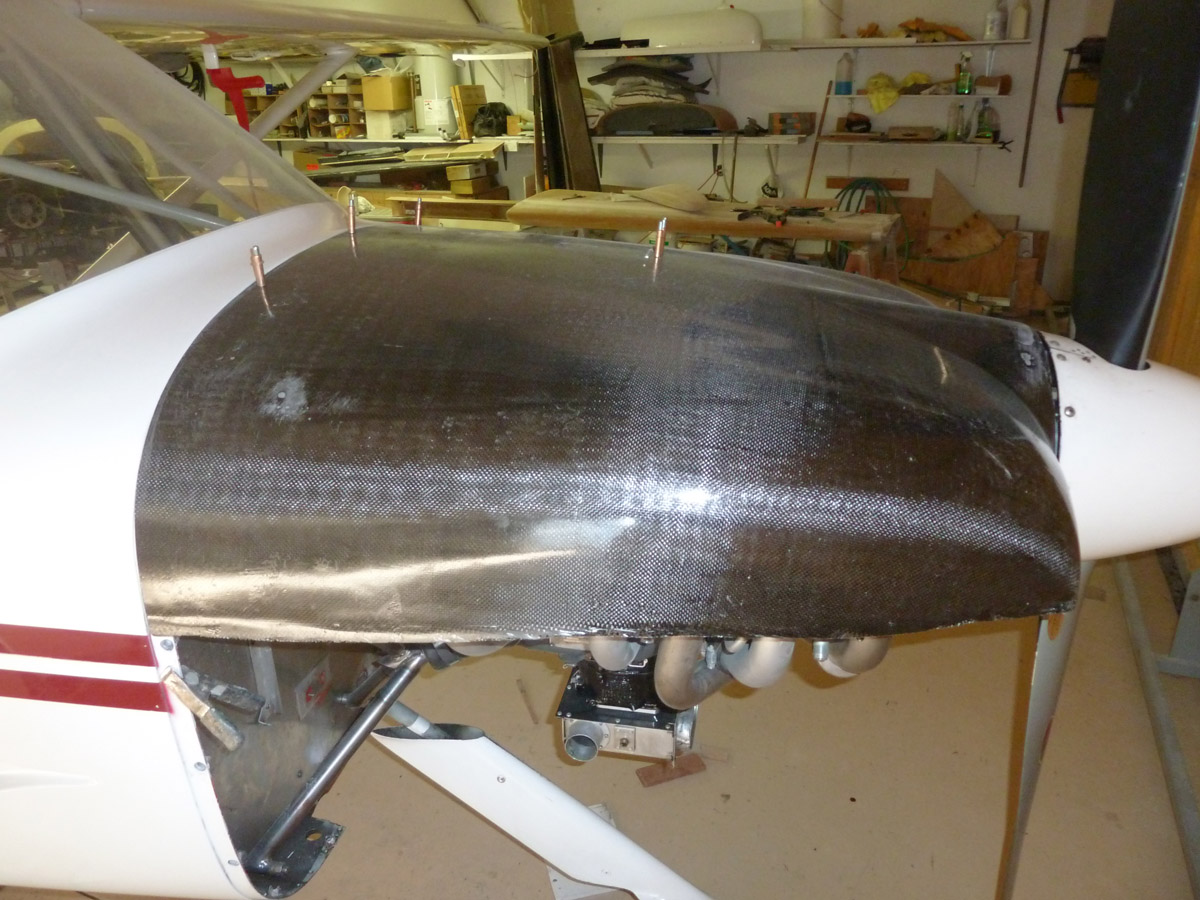
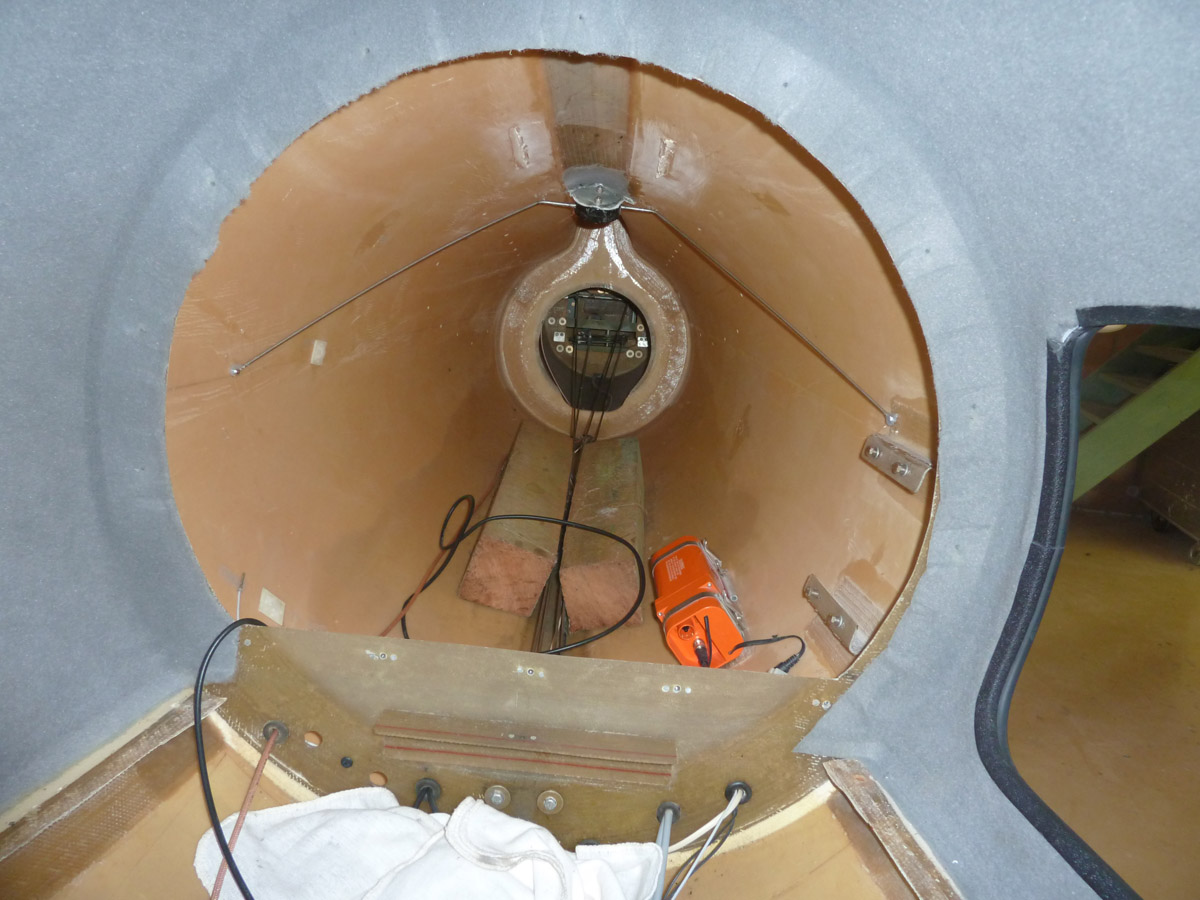
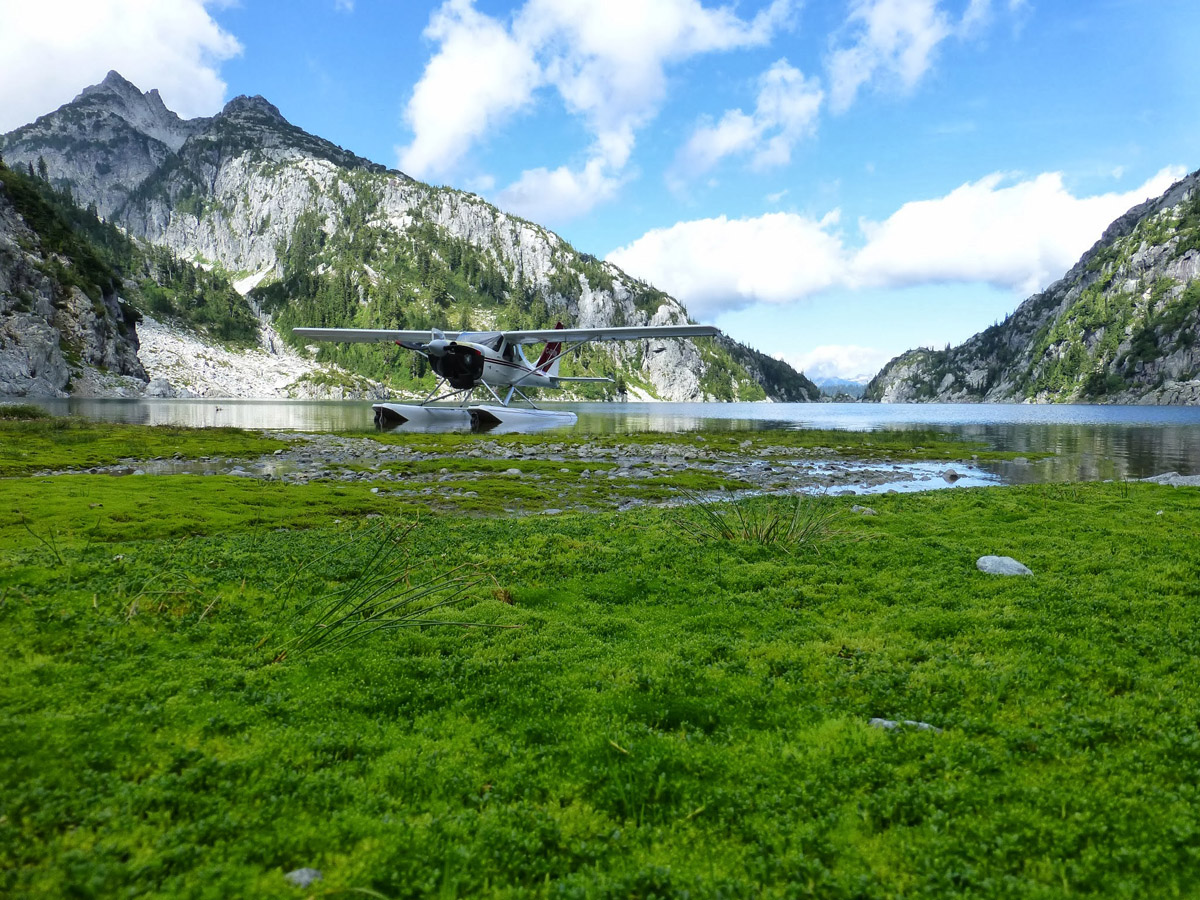
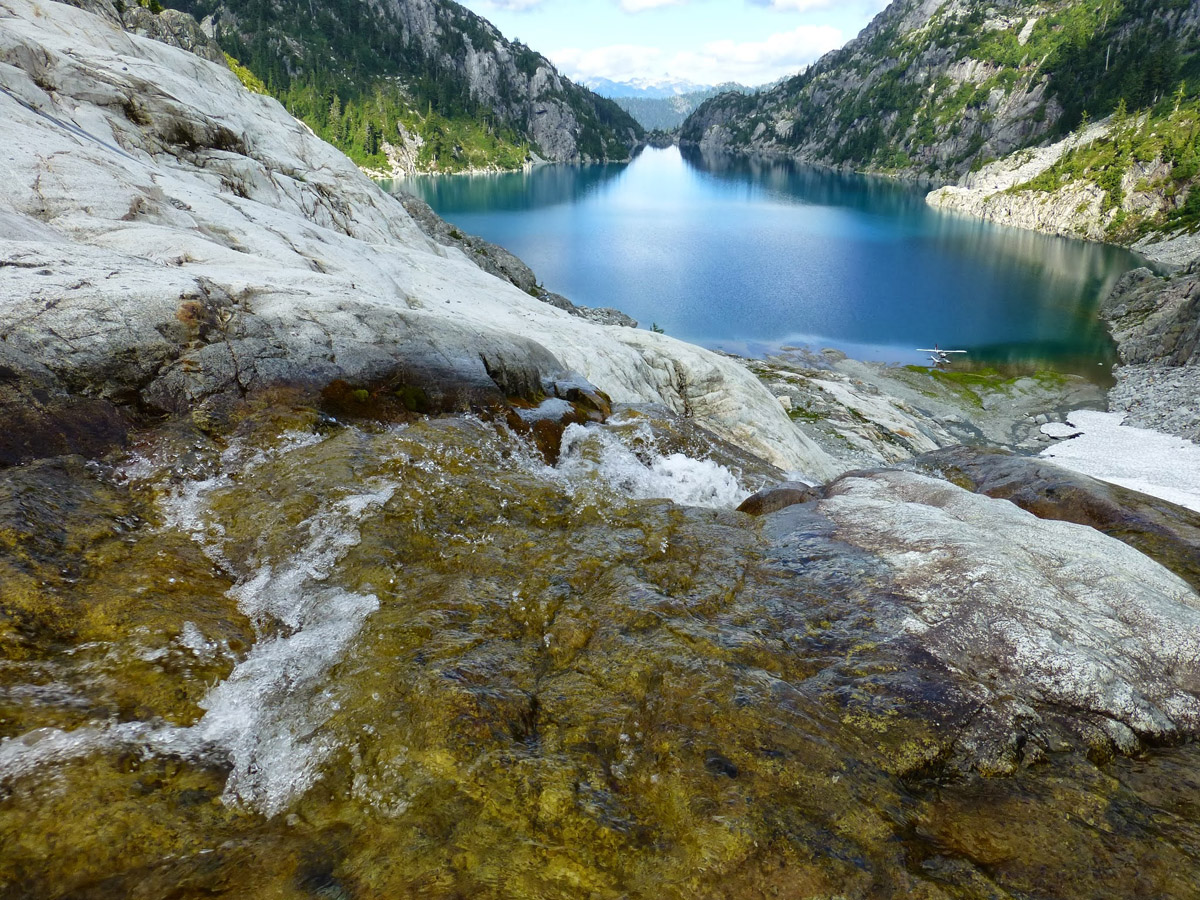
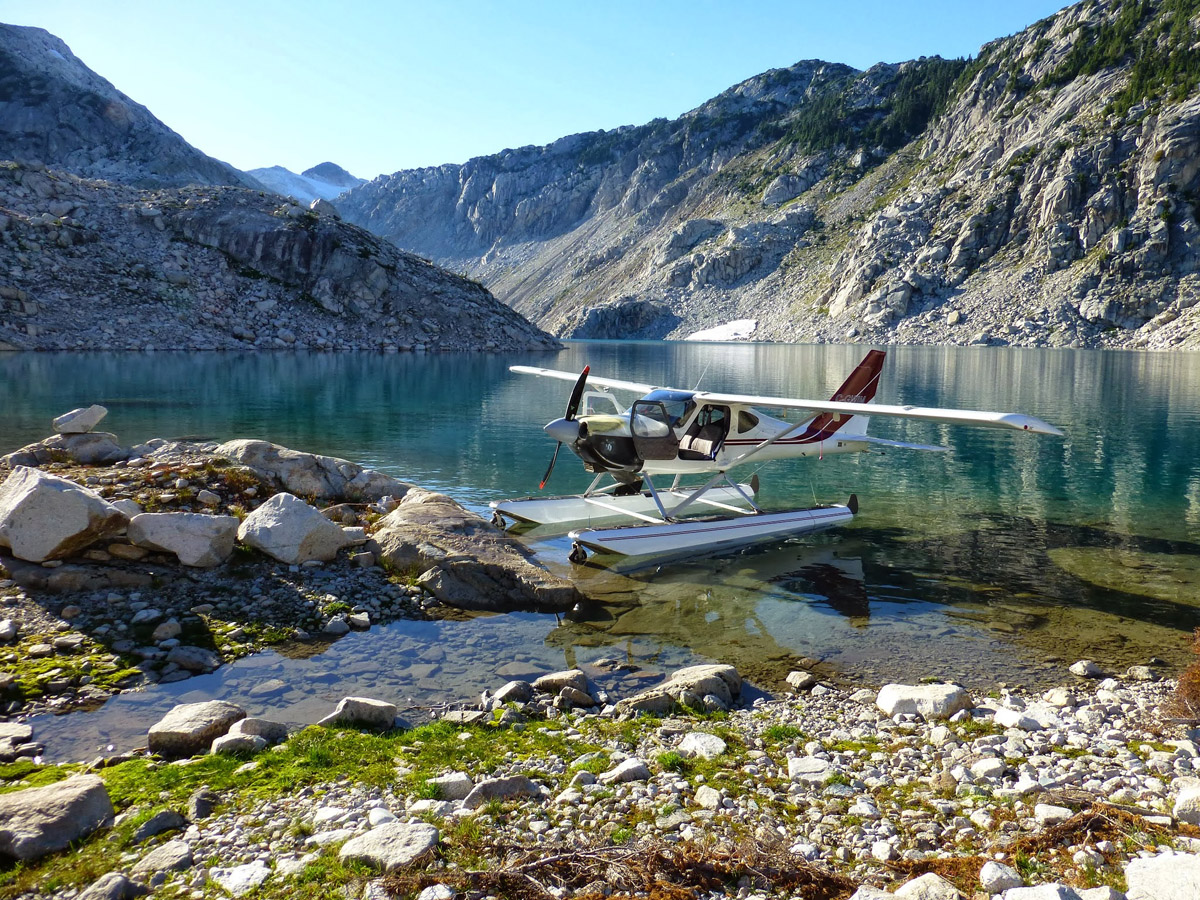





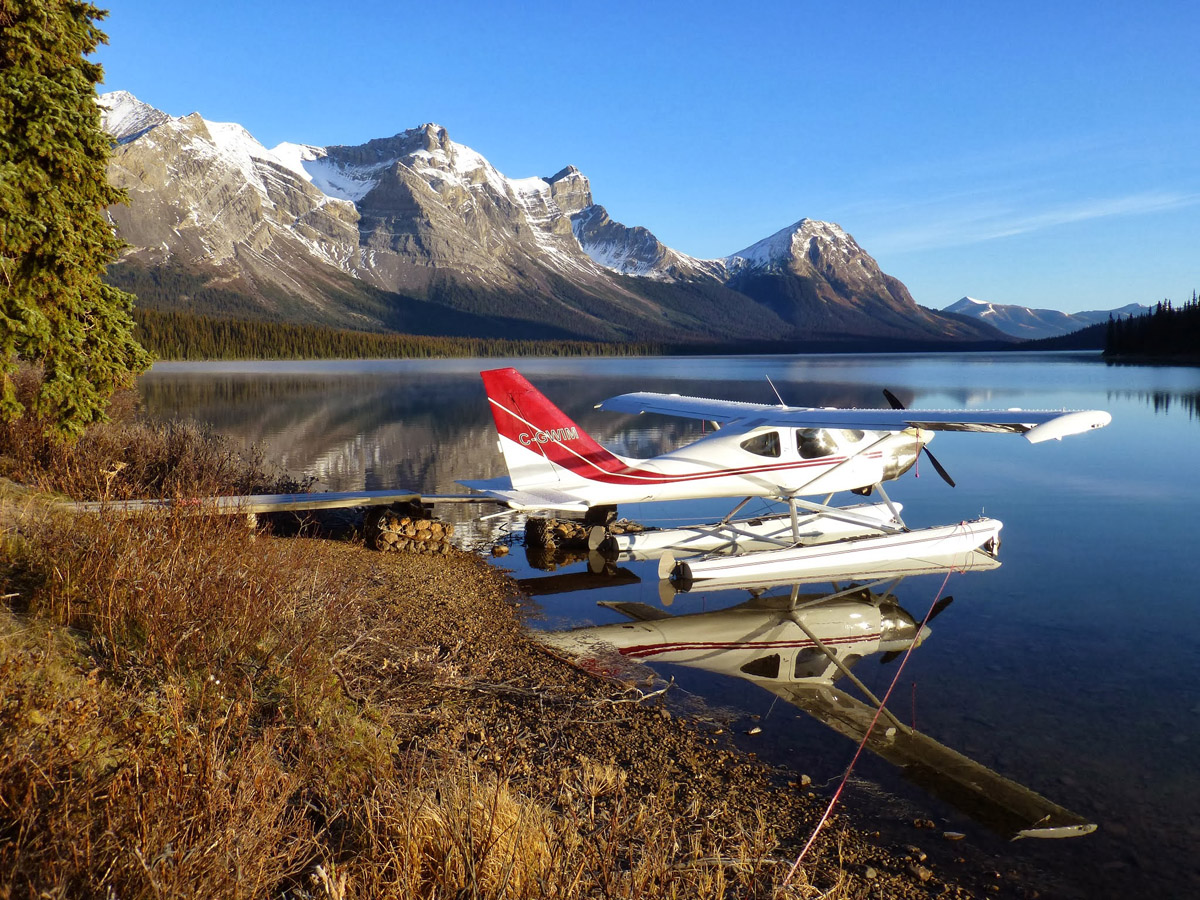
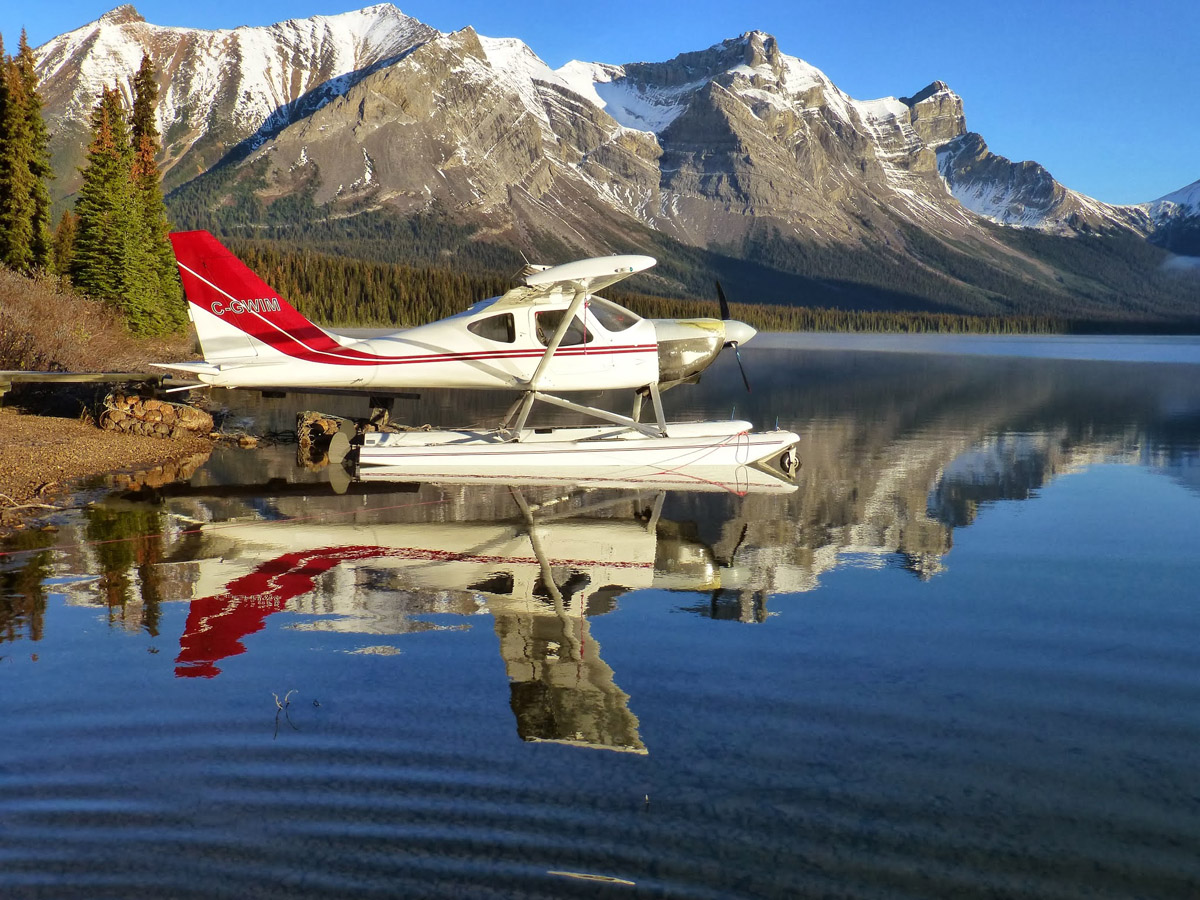
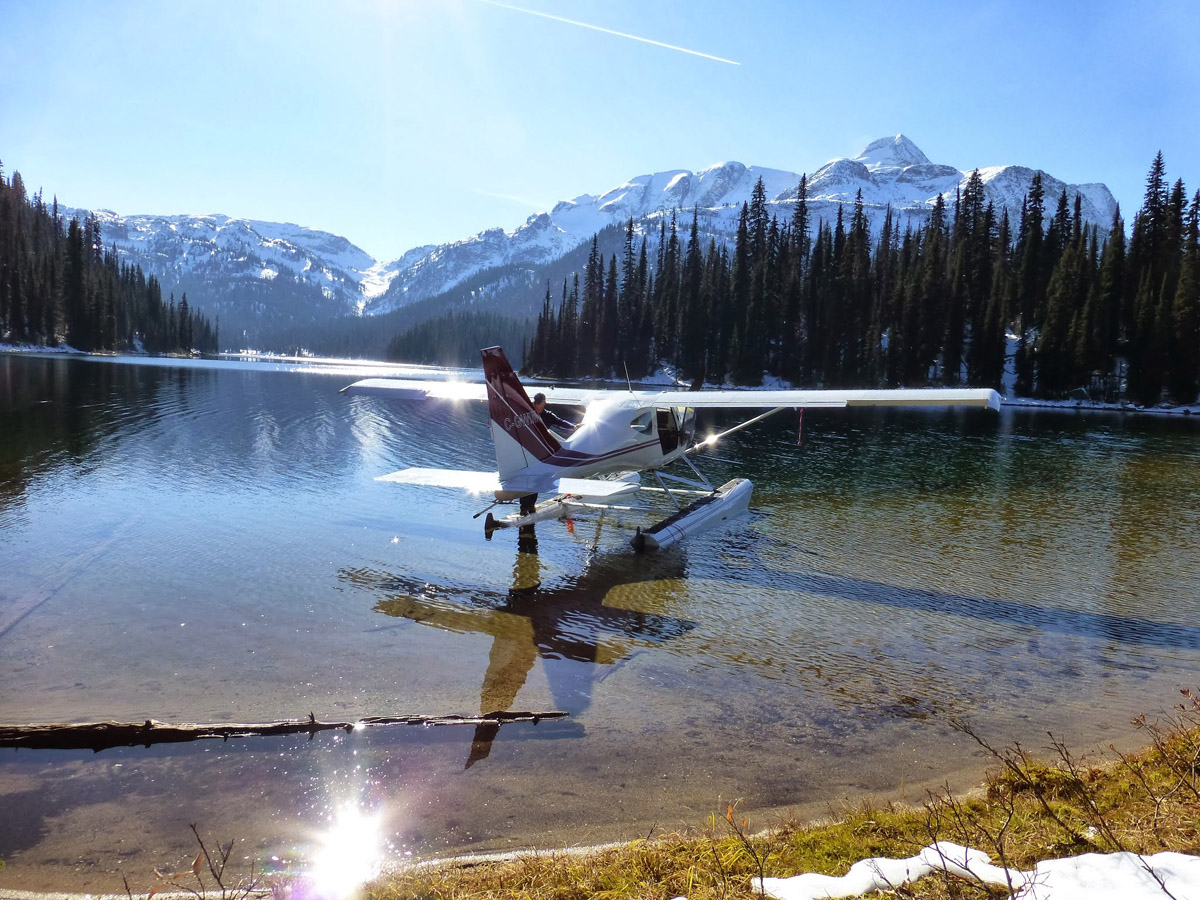



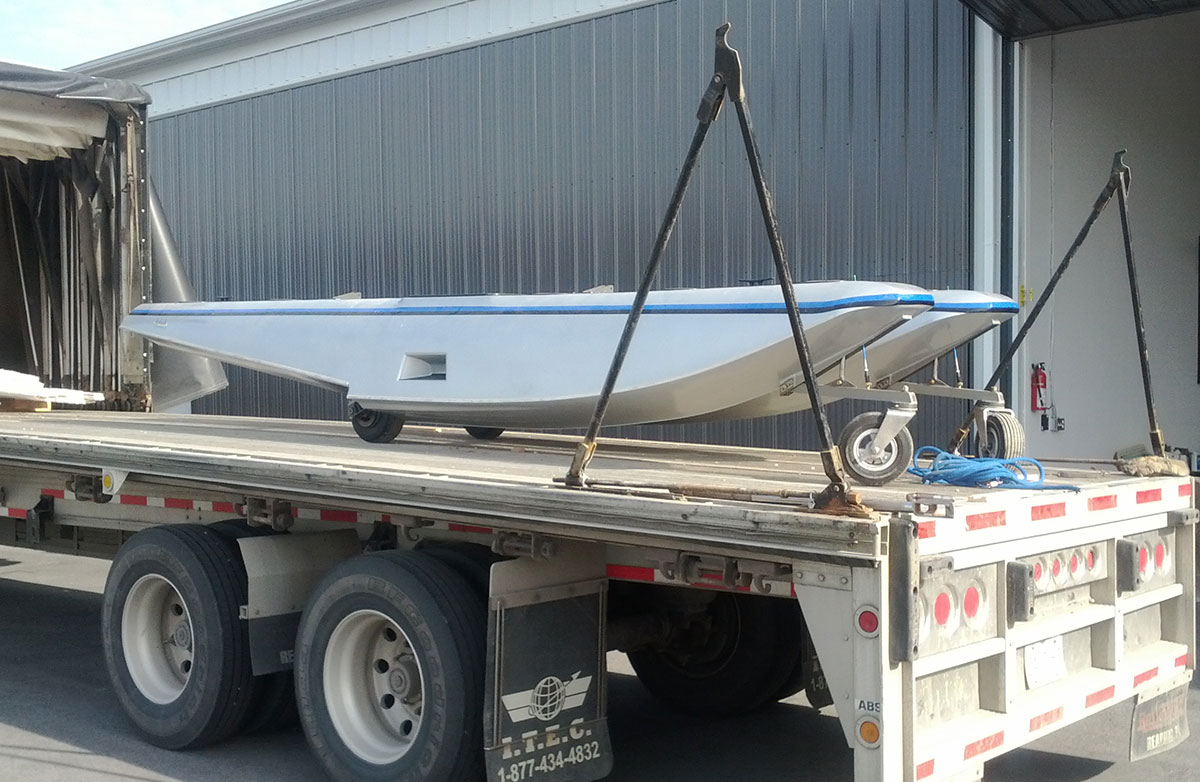
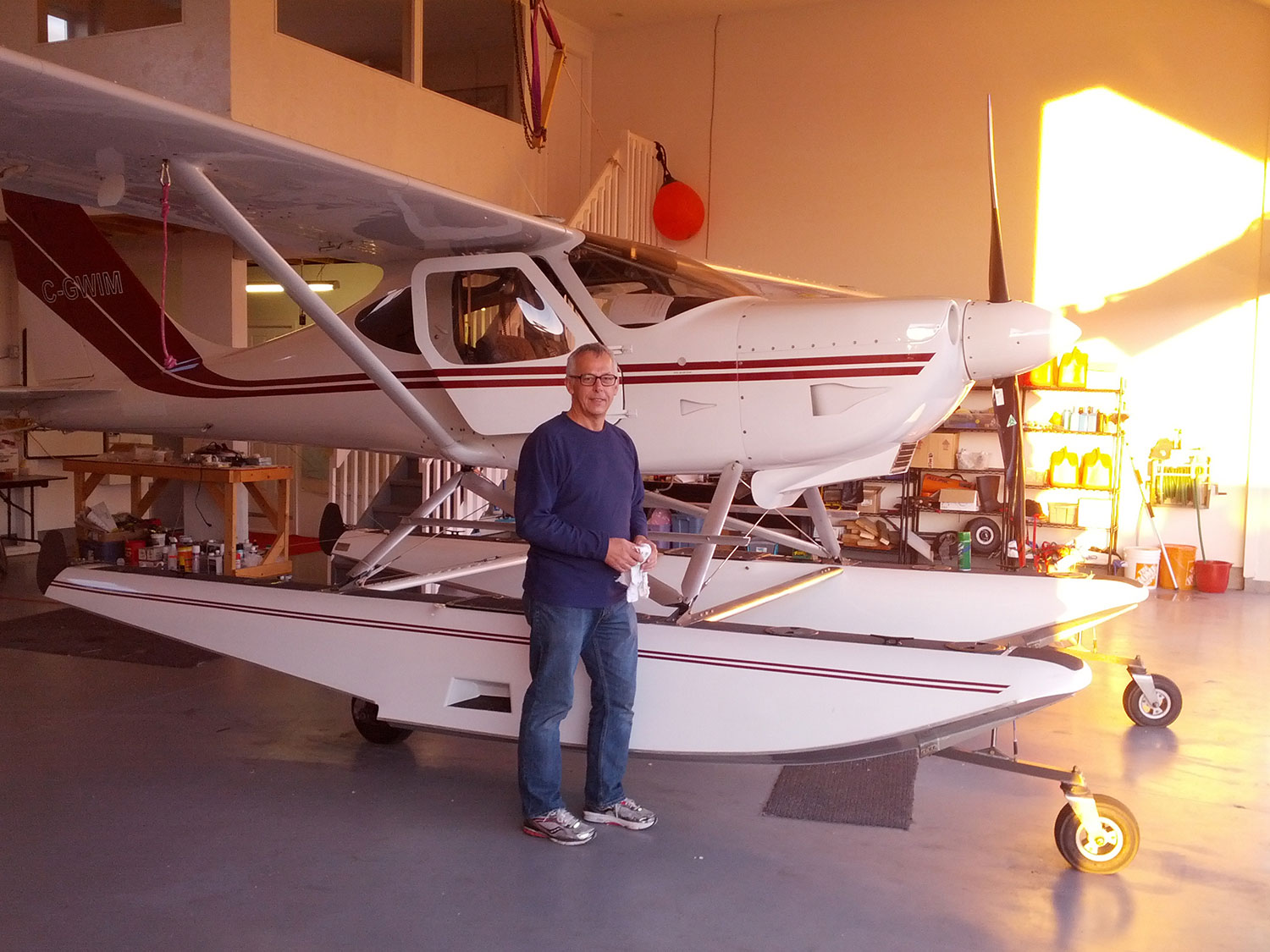



I’m interested in putting different engines on the Glastar and you have done it with the 540. By chance do you know how much the firewall forward weighs? Also, what does the equipment and battery setup look like behind bulkhead A? Any information would be helpful…